“I’m proud to be the original sponsor of the HIRE ACT, which is foundational,” Rep. Raja Krishnamoorthy, while addressing the nearly 200 ITServe Alliance members, who had come together on June 11th, 2025 as part of their annual Capitol Hill Day to make their voices heard on the corridors of power. “It just updates the law. It doesn’t do anything revolutionary, but it does something necessary for our country, which is to make sure that we modernize our system in accordance with our needs, and plowing money into the STEM fields so that more indigenous talent rises, so that our children and others end up taking these jobs eventually, because we need to make sure that at the same time that we attract the best and the brightest from around the world to come here, that we also grow talent here. Am I right about that? That’s the only way that we compete. That’s the only way that we compete.”
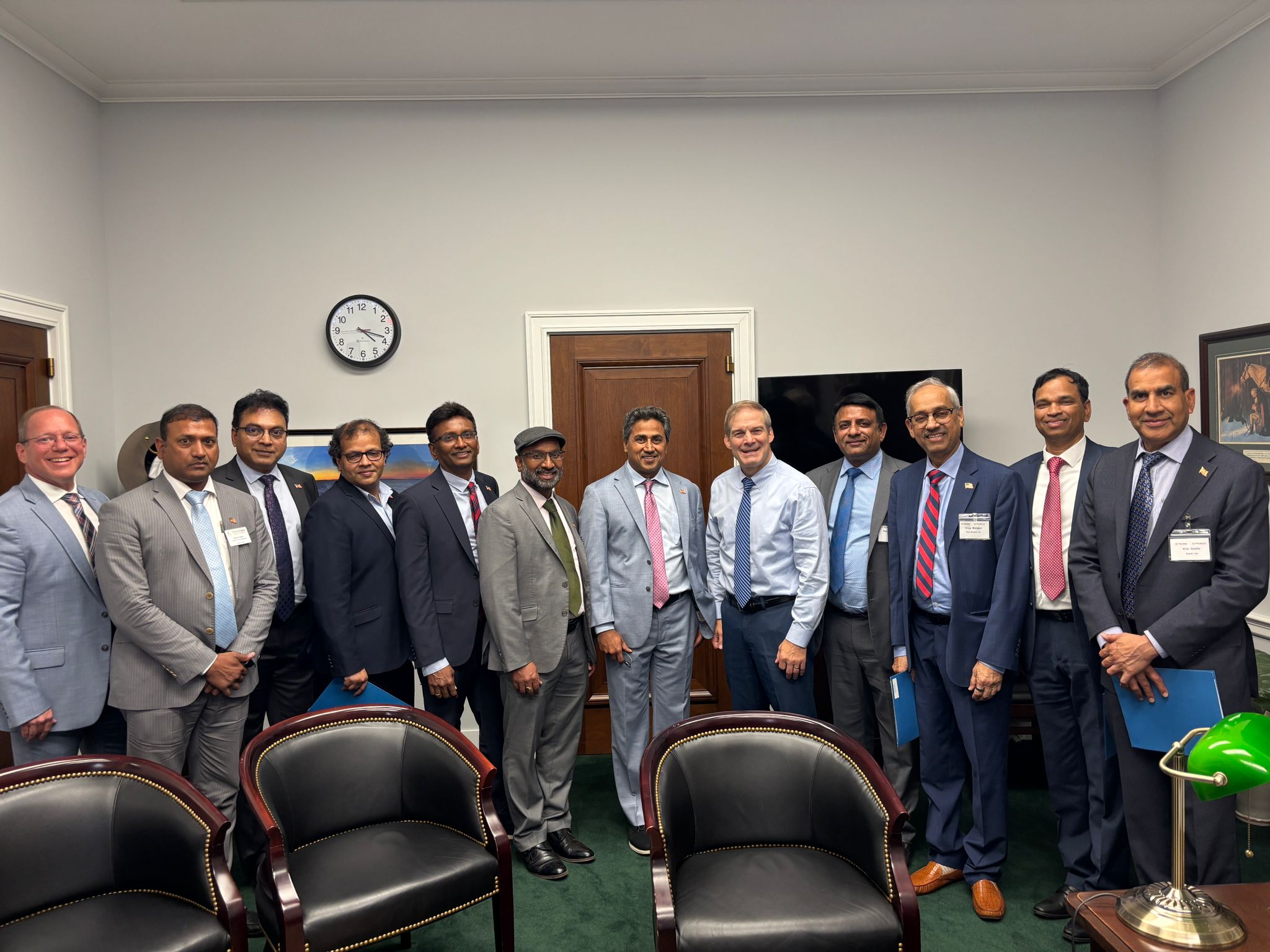 ITServe Alliance leaders met with Rep. Jim Jordan, a Republican Congressman representing Ohio’s 4th District. The powerful Chairman of the House Committee on the Judiciary expressed openness to the concerns shared by ITServe leadership. Rep. Tim Moore, representing North Carolina’s 14th District in the U.S. House, and a member of House Committees on Financial Services and the Budget, posted on his Facebook page: “ITServe Alliance visited to discuss education and building a skilled workforce in North Carolina.”
ITServe Alliance leaders met with Rep. Jim Jordan, a Republican Congressman representing Ohio’s 4th District. The powerful Chairman of the House Committee on the Judiciary expressed openness to the concerns shared by ITServe leadership. Rep. Tim Moore, representing North Carolina’s 14th District in the U.S. House, and a member of House Committees on Financial Services and the Budget, posted on his Facebook page: “ITServe Alliance visited to discuss education and building a skilled workforce in North Carolina.”
Sen. Eric Schmitt of Missouri, Sen. Mark Kelly of Arizona, Rep. LaMonica McIver from New Jersey, and Rep. Robert Paul from Pennsylvania were among other key lawmakers that ITServe members met and advocated for immigration reforms.
ITServe Alliance, with an active membership of 2,500 + members who are small & medium-sized companies, representing prestigious IT companies functioning with similar interests across the United States, had its 5th annual Capitol Hill Day in Washington, D.C., where they met with 145 US Representatives and Senators and their staff, including influential committee chairs and members from both the Parties, eliciting support for the causes put forth by ITServe.
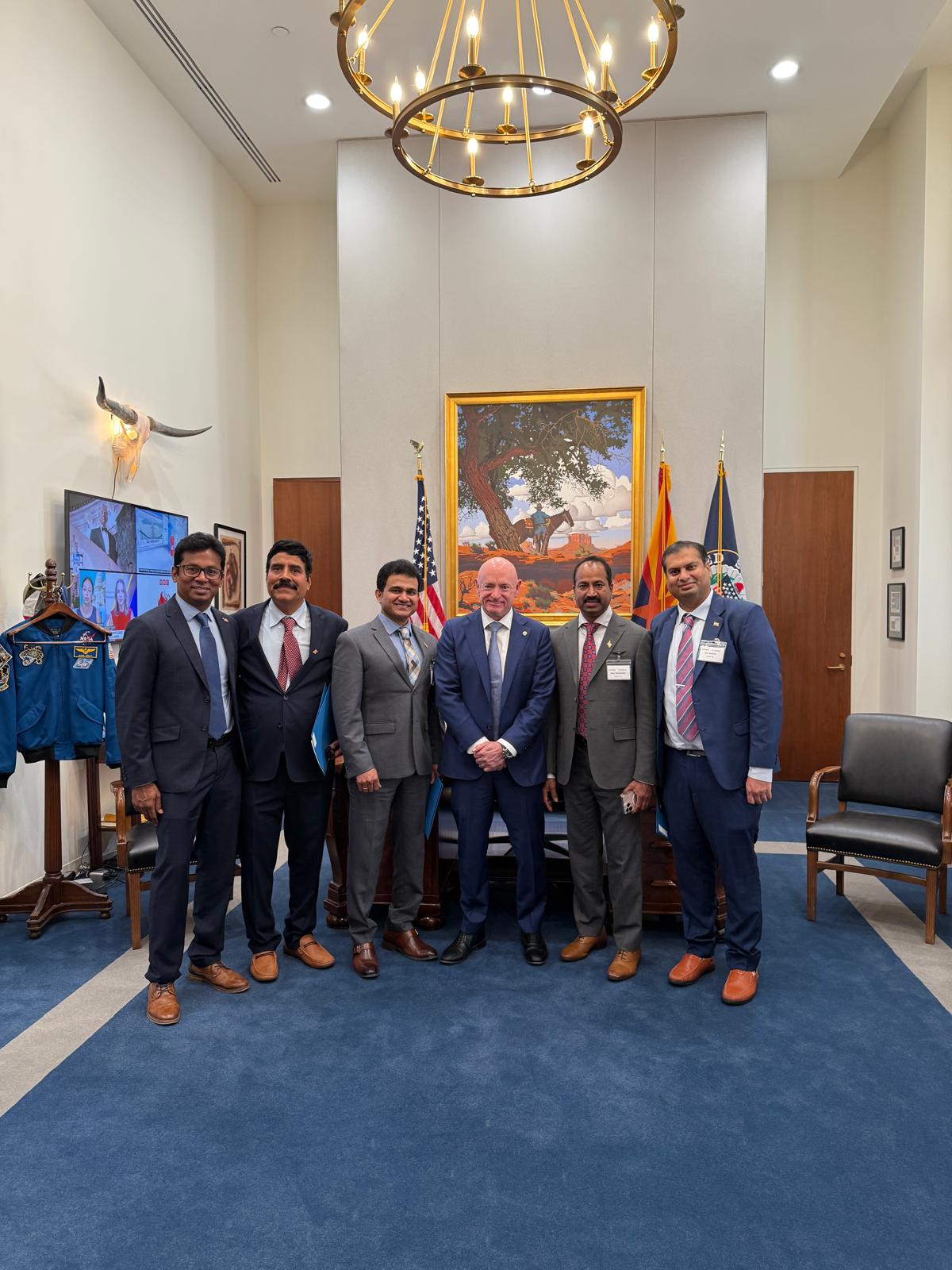 High-Skilled Immigration Reform for Employment (HIRE) Act, introduced by US Congressman Raja Krishnamoorthi, D-Illinois in the past and is being considered to be reintroduced in the current Congress, has been a key measure ITServe supports and has made aware of among the more than 145 key Lawmakers who were part of the Capitol Hill Day by ITServe this year. The Bill would strengthen U.S. competitiveness by helping to close the skills gap – the space between the skills required for jobs that employers need to fill, and the skills possessed by current prospective employees.
High-Skilled Immigration Reform for Employment (HIRE) Act, introduced by US Congressman Raja Krishnamoorthi, D-Illinois in the past and is being considered to be reintroduced in the current Congress, has been a key measure ITServe supports and has made aware of among the more than 145 key Lawmakers who were part of the Capitol Hill Day by ITServe this year. The Bill would strengthen U.S. competitiveness by helping to close the skills gap – the space between the skills required for jobs that employers need to fill, and the skills possessed by current prospective employees.
“The dedication of ITServe members, especially those 200 members who came from across the nation and participated in our 5th annual Capitol Hill Day, and engaging in 145 meetings in a single day, is truly impressive,” said Anju Vallabhaneni, ITServe National President 2025. “The impact of these efforts on lawmakers is invaluable, and it’s inspiring to see such motivated teams working toward meaningful changes to the legal immigration system in the United States.”
Recognizing that H-1B visa holders play a critical role in bolstering the U.S. economy, fostering innovation, and enriching the fabric of American society through their skills, contributions, and diverse backgrounds, and knowledge to American workplaces, Siva Moopanar, President-Elect of ITServe said, “They facilitate knowledge transfer and skills development by engaging in research and development activities, particularly in STEM fields, which contributes to scientific advancements and technological progress. Therefore, ITServe Alliance continues its efforts in supporting and advocating for immigration reforms that will help America maintain its tech leadership in the world.”
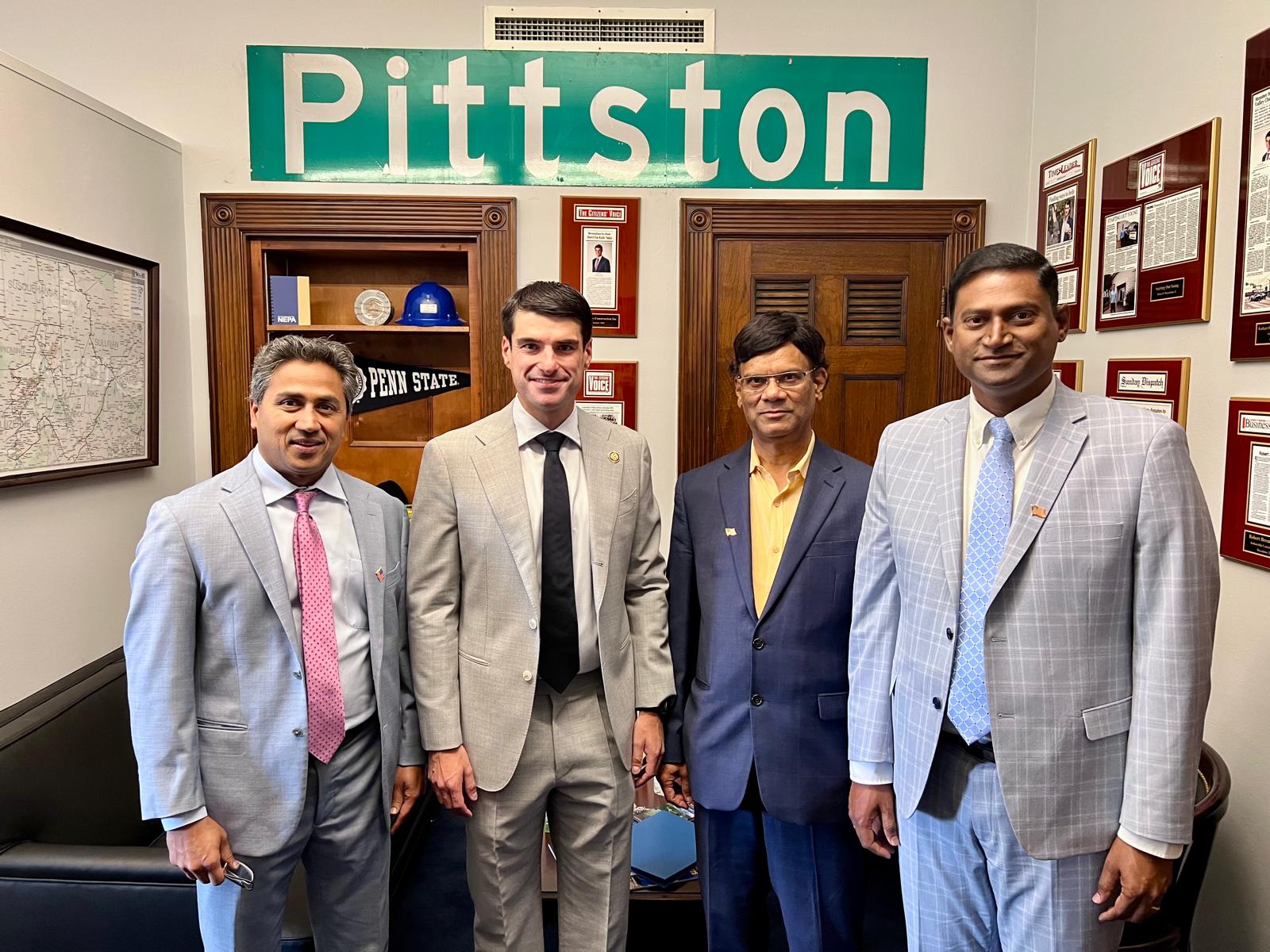 ITServe supports the HIRE ACT Bill (High Skilled Immigration Reform for Employment). Innovation, STEM education, and avoiding brain drain are the highlights of the Bill. Another area, where ITServe has focused is the STEM Program to promote the “American Ingenuity Account” to fund State-administered grants for STEM education and worker training. Enhancing the current H1B CAP limits – from 65,000 to 130,000 per year has been a major area where ITServe has placed its efforts in recent years.
ITServe supports the HIRE ACT Bill (High Skilled Immigration Reform for Employment). Innovation, STEM education, and avoiding brain drain are the highlights of the Bill. Another area, where ITServe has focused is the STEM Program to promote the “American Ingenuity Account” to fund State-administered grants for STEM education and worker training. Enhancing the current H1B CAP limits – from 65,000 to 130,000 per year has been a major area where ITServe has placed its efforts in recent years.
“The U.S. needs to maintain its leadership in technology and innovation,” Sateesh Nagilla, ITServe Alliance Director – Policy Advocacy Committee (PAC) & Immigration, said. “The U.S. has a large skills gap – availability of workers vs the openings for talent in IT. We need the brightest minds from all over the world to keep our wide lead in technology and innovation. To that end, ITServe Alliance, through its PAC teams, is consistently working to protect its members’ needs, advocating on Capitol Hill and with the US Administration.”
Sudheer Chakka, Managing Director, ITServe Alliance Connect Policy Advocacy Committee (CPAC) urged the lawmakers, among other initiatives, to support the Bill, “Through our annual Capitol Hill Day, ITServe has advocated and urged the Lawmakers to bring back this program[SM1] . We at ITServe are grateful that the US lawmakers, who have listened to our concerns and needs and have expressed their openness to support the HIRE ACT, benefitting tens of thousands of skilled workers in the nation.”
A major objective of the Capitol Hill Day is to showcase to the lawmakers some of the significant contributions of the ITServe members to the country’s economy through Technology & Innovation, local employment, and STEM education. The event addressed key concerns faced by small businesses, including the need for high-skilled immigration reform.
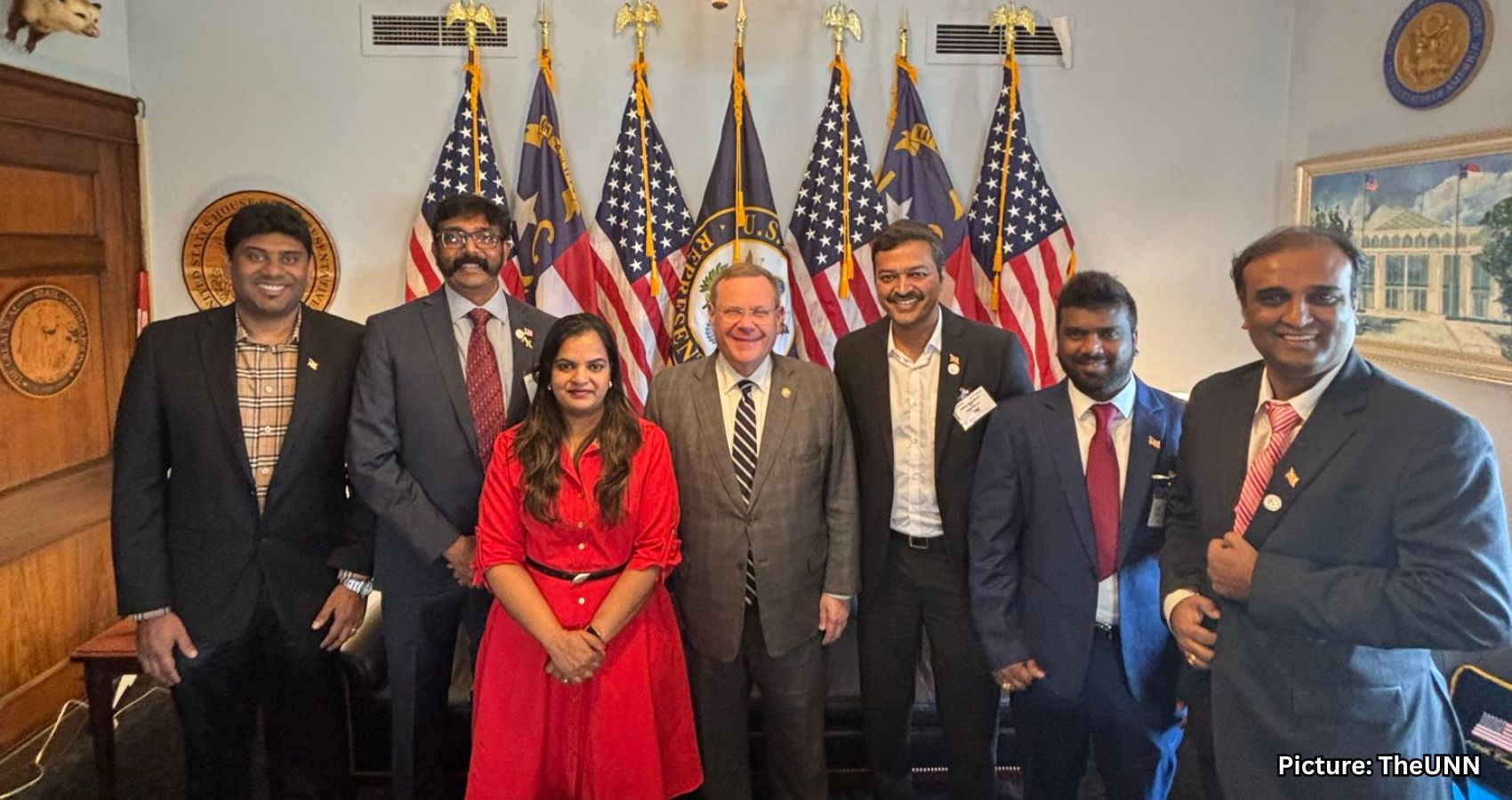 “The ITServe Alliance is consistently working to protect its members’ needs. To that end, ITServe Alliance, through its PAC teams, advocated on Capitol Hill and with the US Administration. Capitol Hill Day serves as a perfect platform to communicate our collective voice with key policymakers on important issues to our members,” added Amar Varada, ITServe Governing Board member.
“The ITServe Alliance is consistently working to protect its members’ needs. To that end, ITServe Alliance, through its PAC teams, advocated on Capitol Hill and with the US Administration. Capitol Hill Day serves as a perfect platform to communicate our collective voice with key policymakers on important issues to our members,” added Amar Varada, ITServe Governing Board member.
“Congrats, ITServe, PAC, and CPAC leadership, and Monte for a very successful Capitol Hill Day. 145 meetings in one day is great work and could be accomplished only with highly motivated teams of ITServe members. Everyone was very appreciative of the impact the ITServe is creating on lawmakers and how it will make a difference in the long run,” said Vinay Mahajan, past President and current member of the ITServe Governing Board.
Stressing the importance of ITServe and the Legislative Day, Monte Ward, a key organizer of the day long events on Capitol Hill, said, “ITServe Alliance’s Capitol Hill Day has effectively served as a powerful platform in [SM2] advocating with policymakers on the issues that are important to our members and the business community, ensuring that our needs and views are reflected in policy debates and outcomes on Capitol Hill. The U.S. needs to maintain its leadership in technology and innovation.”
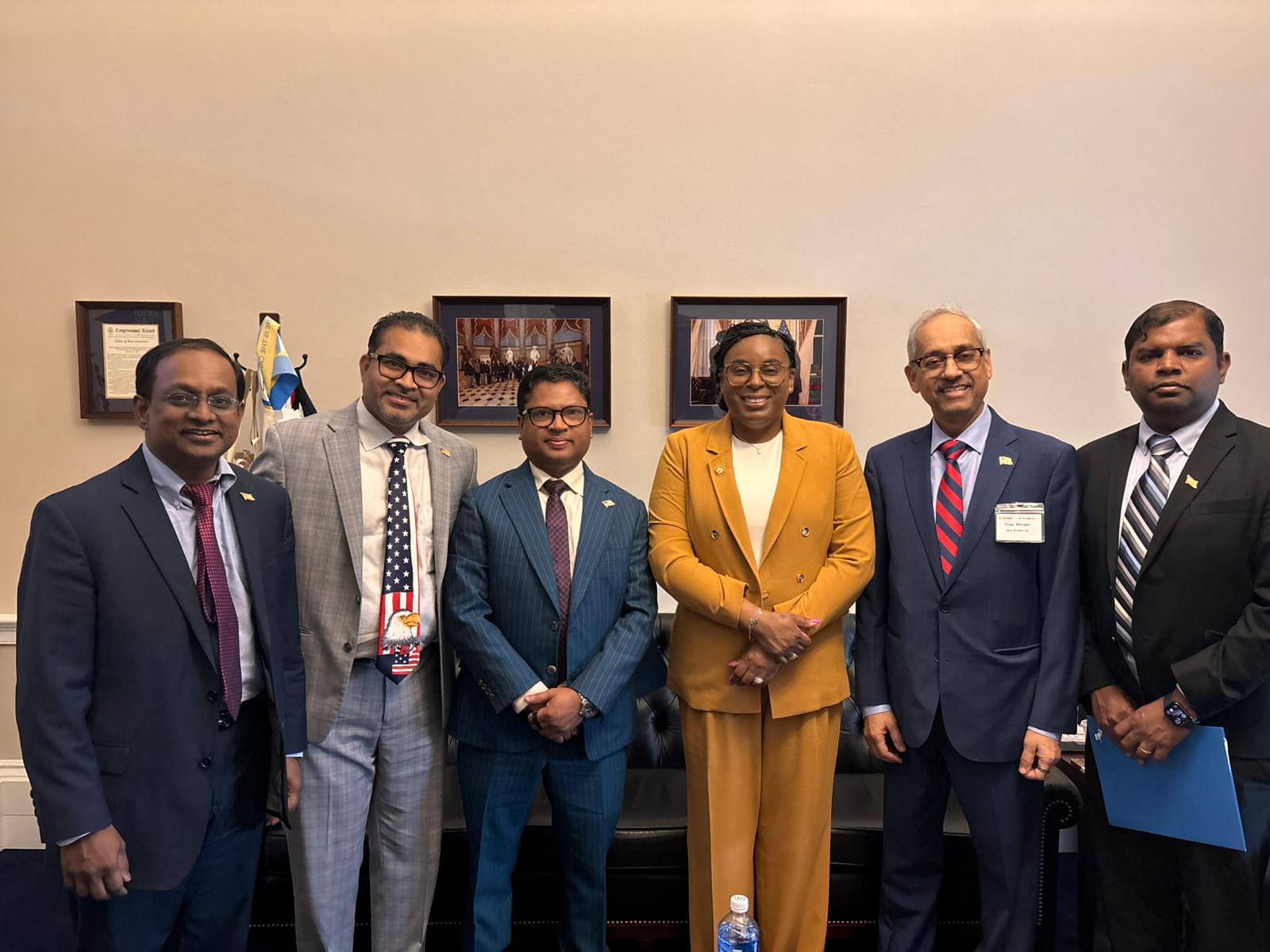 H-1Bs are temporary, nonimmigrant visas for foreign workers with at least a bachelor’s degree, and they often go to technology workers. Currently, the number of H-1B visas is limited to 65,000 each year, although there are an additional 20,000 available to workers who have a master’s degree or higher from a US university. Enhancing the current H1-B CAP limits – from 65,000 to 130,000 per year has been a major area where ITServe has placed its efforts.
H-1Bs are temporary, nonimmigrant visas for foreign workers with at least a bachelor’s degree, and they often go to technology workers. Currently, the number of H-1B visas is limited to 65,000 each year, although there are an additional 20,000 available to workers who have a master’s degree or higher from a US university. Enhancing the current H1-B CAP limits – from 65,000 to 130,000 per year has been a major area where ITServe has placed its efforts.
H-1B visa holders, possessing specialized skills and expertise in fields like STEM, which are vital for American companies to stay competitive in the global market, are a highly skilled foreign workers that brings numerous benefits to the United States. They fill in critical skill gaps in the labor market, contributing to economic growth and innovation, thus leading to increased productivity and competitiveness in various industries, by creating new job opportunities by starting businesses and driving entrepreneurship.
Referring to a recent poll of people around the world, Rep. Krishnamoorthy said, while only 6% wanted to immigrate to China, 90% of the people wanted to immigrate to the United States. “Imagine a country that has the number one draft pick of the very bright, the brightest, and the most hard-working people from every other country in the world. And why would you ever squander that?” he asked.
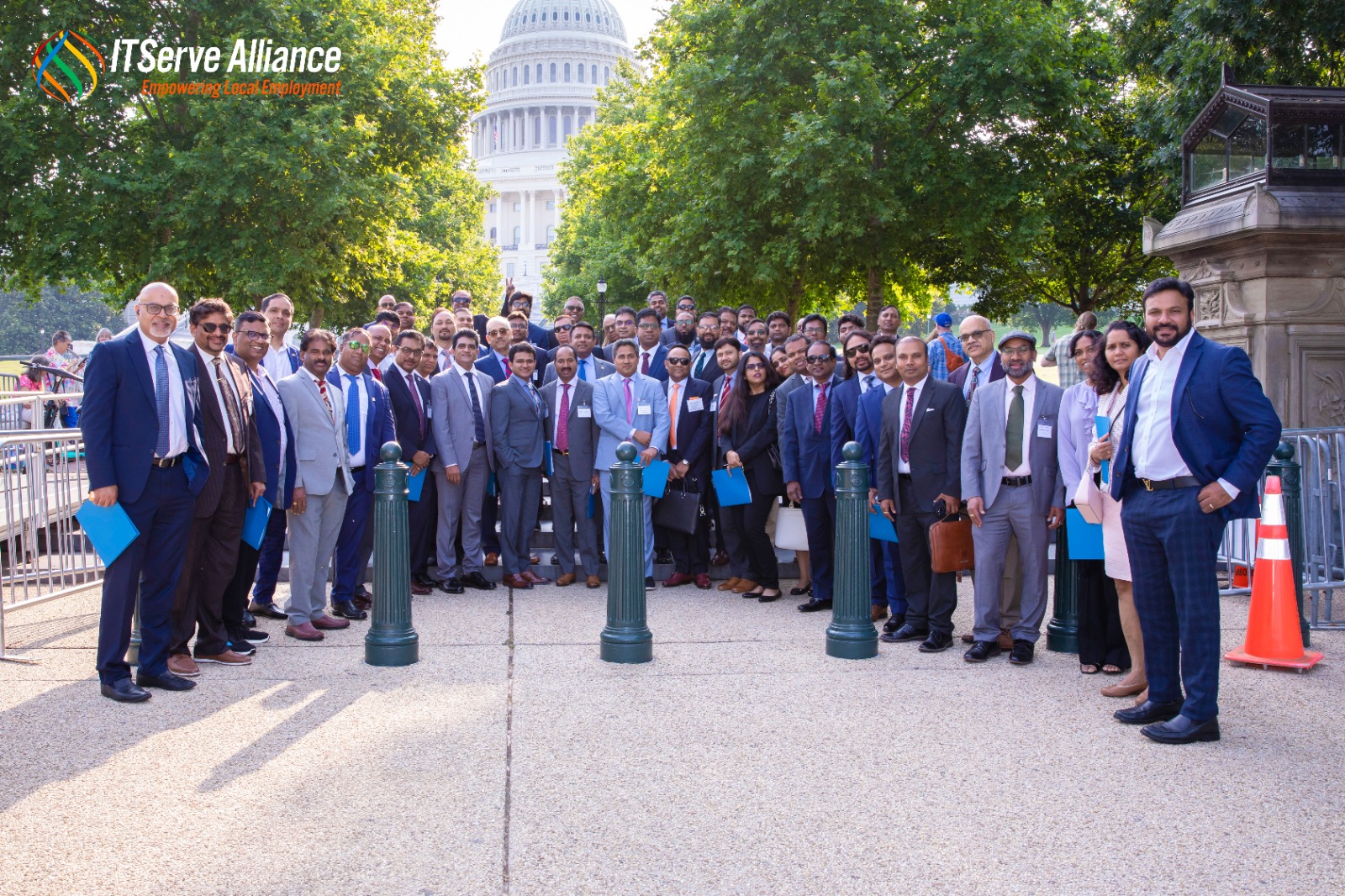 Rep. Krishnamoorthy lauded the contributions of ITServe members to the nation. He said, “I look at you today. You chose Team America. You come here and bless this country with your gifts, with your talents, with your energy, with your ideas, with your industry, with your ability to make it happen. And that’s what you did. You made your company, you hired people, you created jobs. And that’s what you’re trying to do over and over and over again. You’re trying to replicate that success.”
Rep. Krishnamoorthy lauded the contributions of ITServe members to the nation. He said, “I look at you today. You chose Team America. You come here and bless this country with your gifts, with your talents, with your energy, with your ideas, with your industry, with your ability to make it happen. And that’s what you did. You made your company, you hired people, you created jobs. And that’s what you’re trying to do over and over and over again. You’re trying to replicate that success.”
ITServe Alliance, the largest association of IT Solutions & Services organizations in the US, serves as the collective voice for prestigious small and mid-sized IT firms with shared interests nationwide. As a trusted platform, ITServe collaborates and implements measures to safeguard common interests, ensuring the protection of its member companies. Since its establishment in 2010, ITServe Alliance has been a beacon of knowledge, skill, and awareness, empowering its members through 22 regional chapters across the country. For information on ITServe and its many noble initiatives, please visit: www.itserve.org















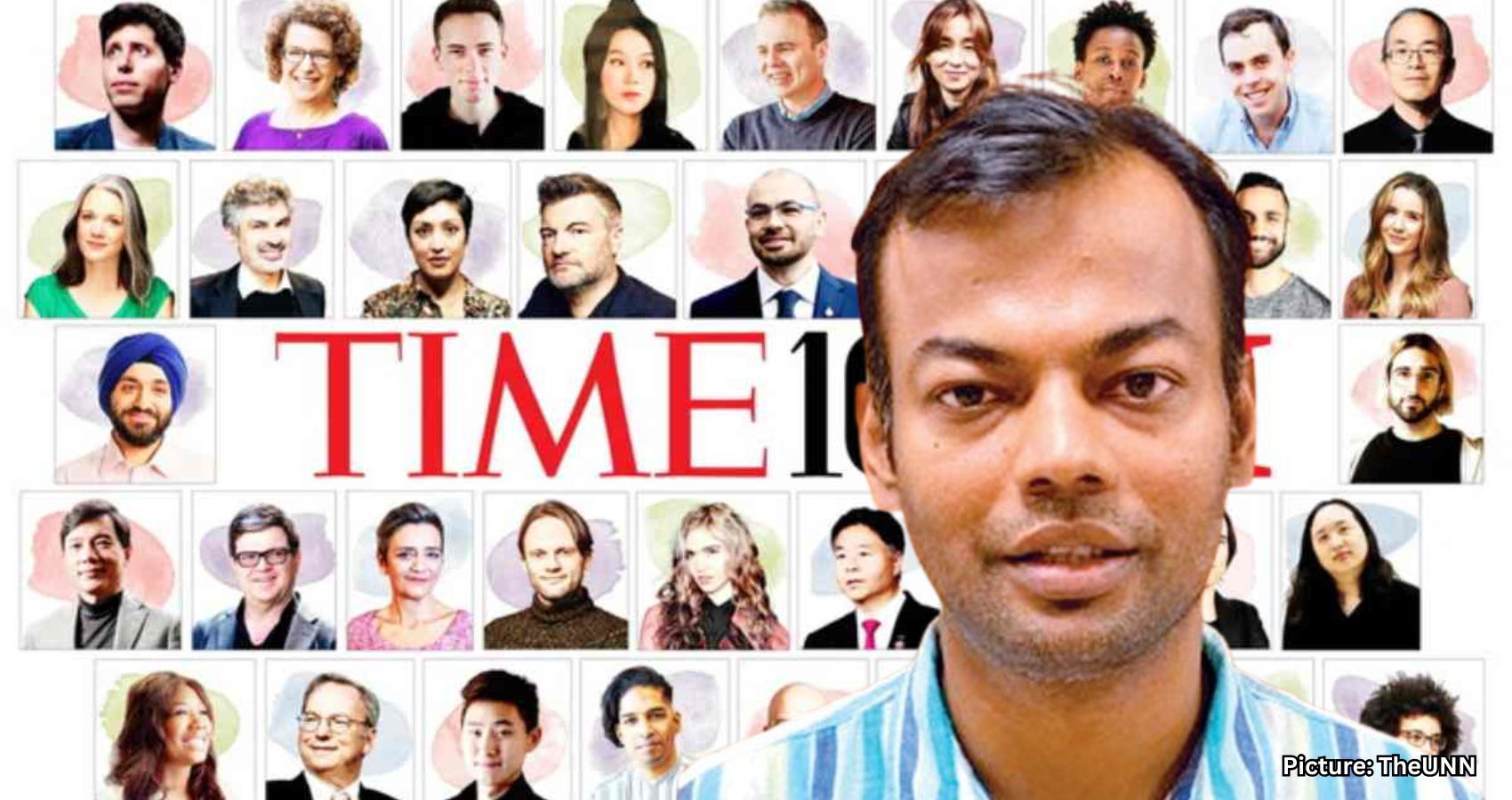










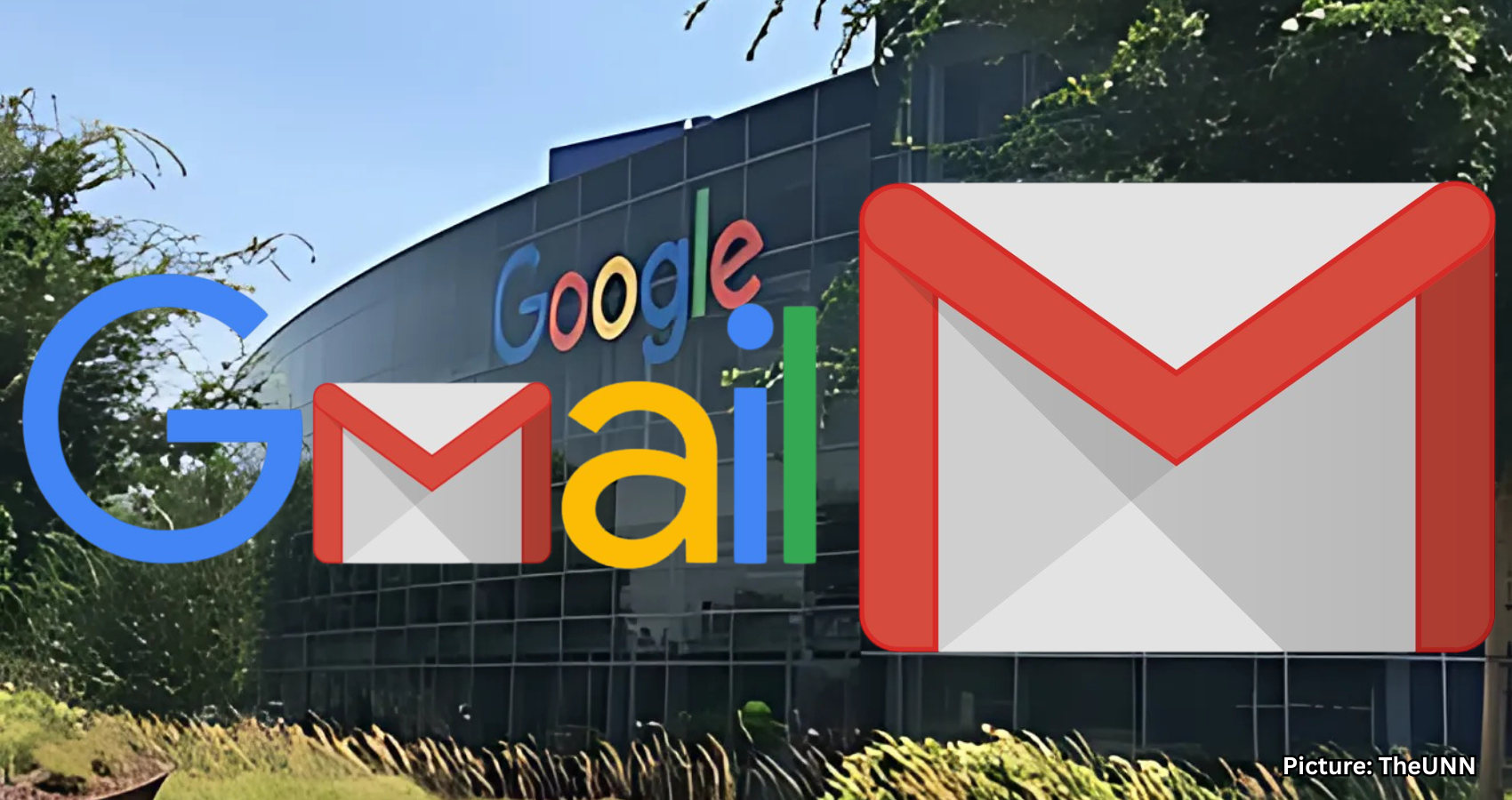



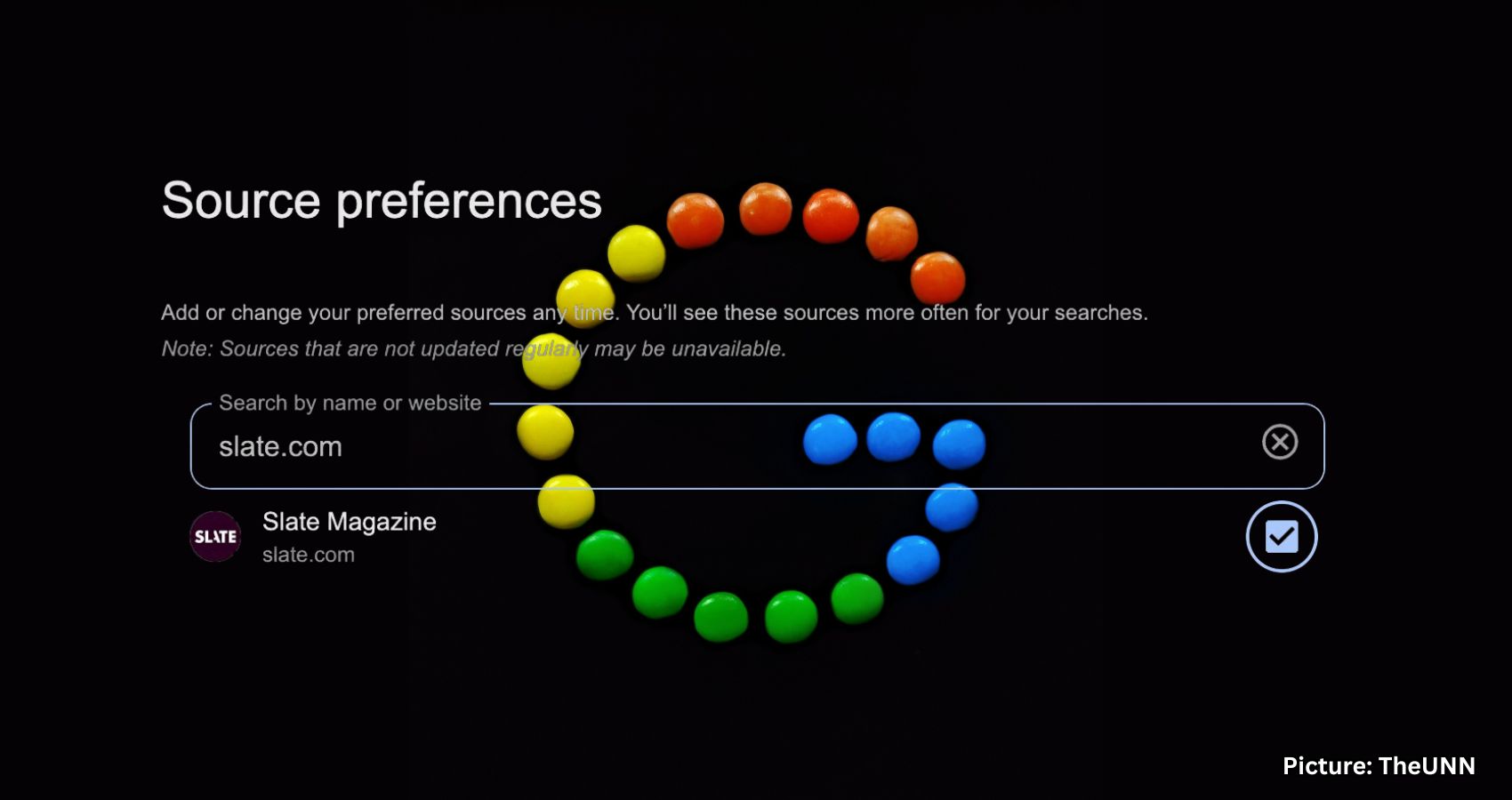



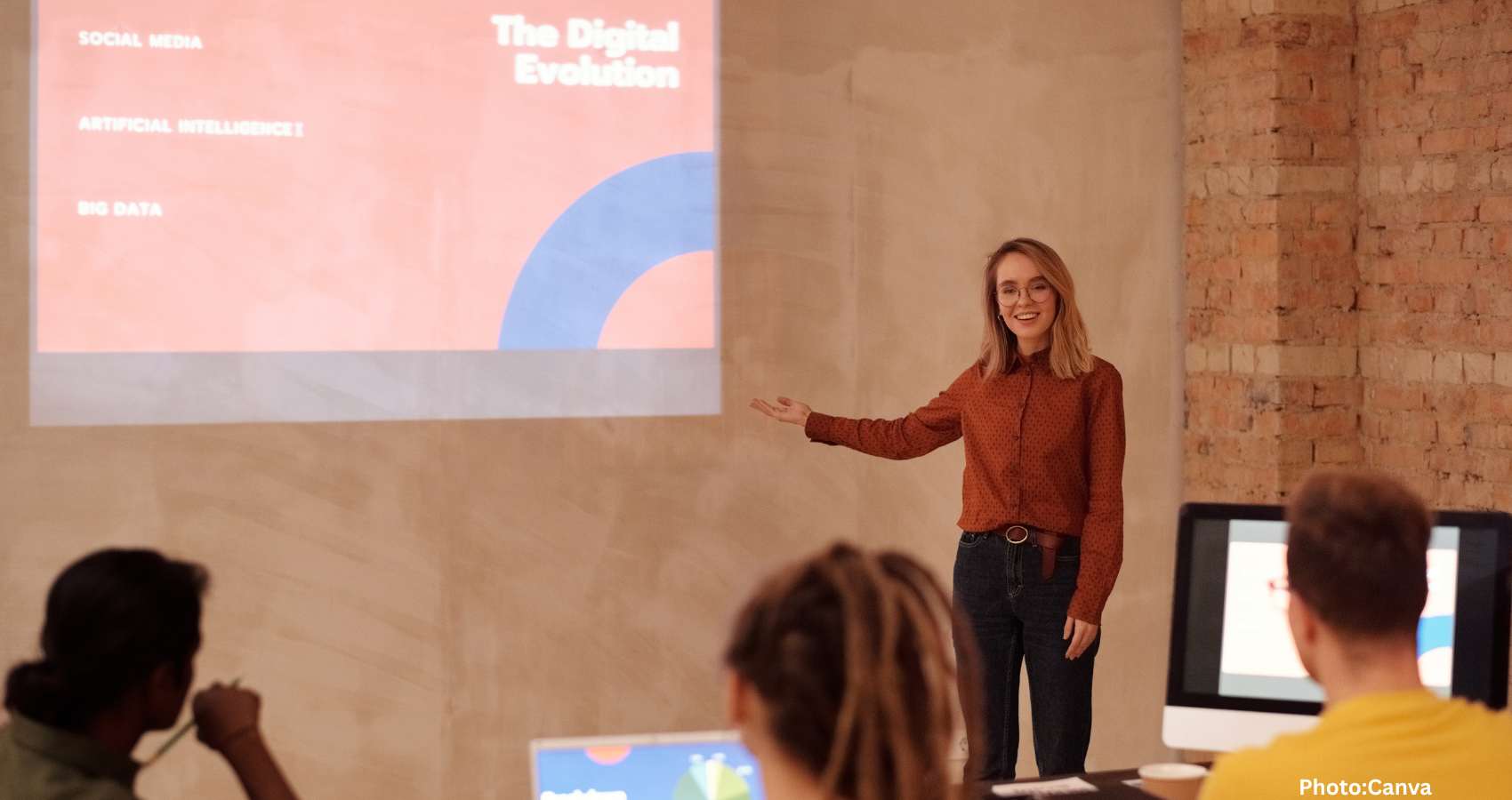
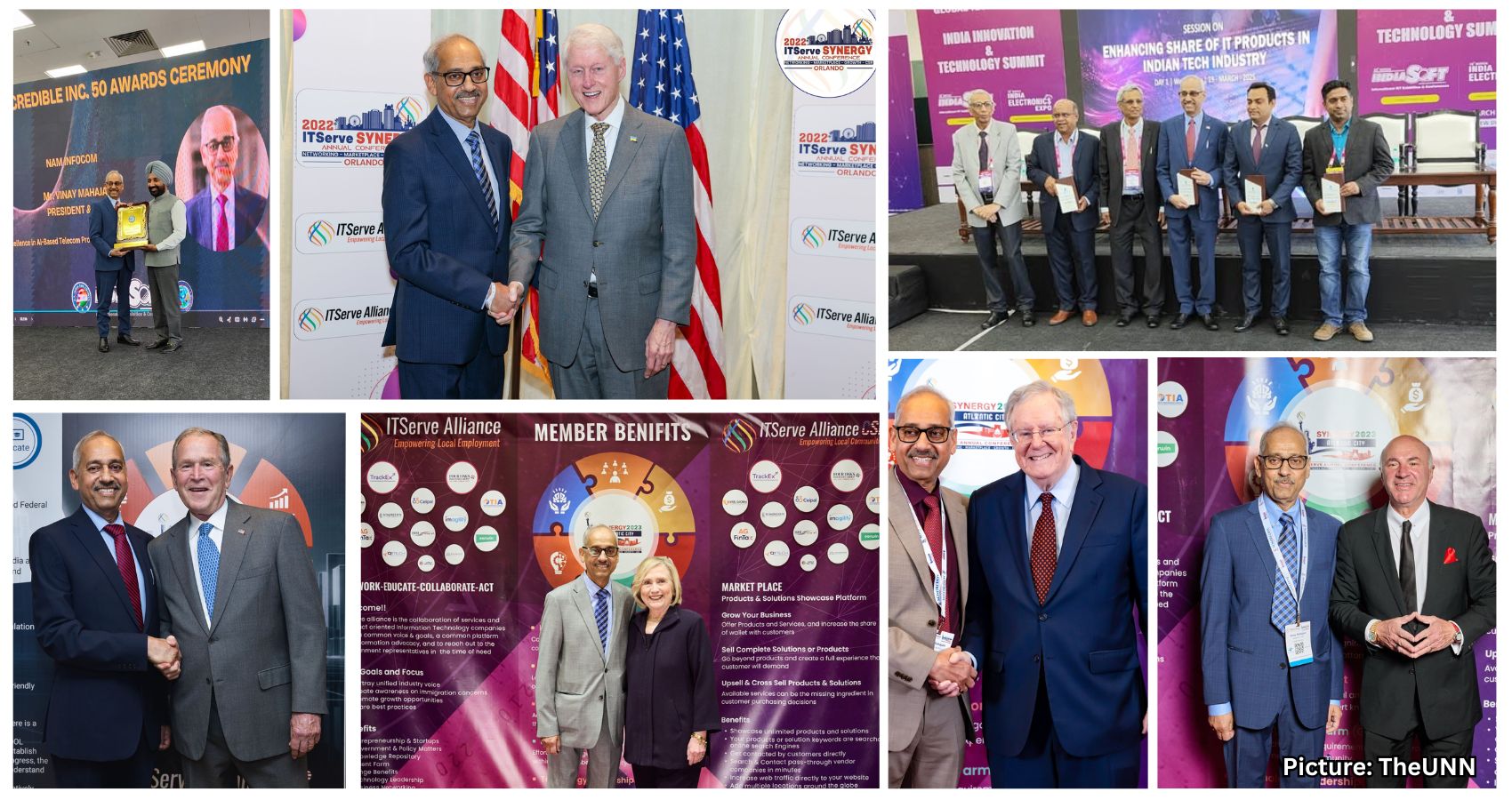
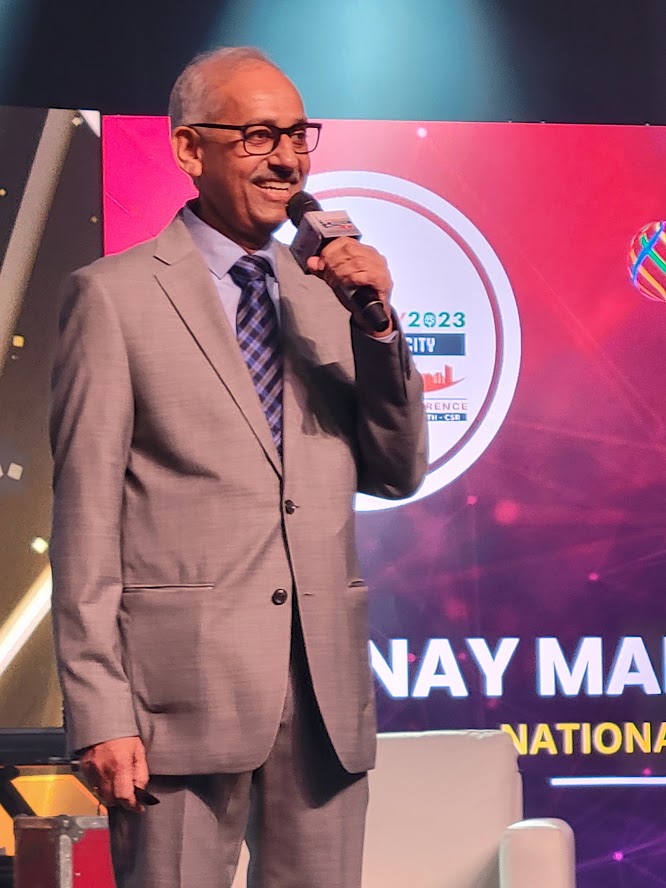 Vinay Mahajan’s professional journey commenced with foundational roles at ICL and DCM Infotech Limited, followed by 38 years as an entrepreneur. After earning an engineering degree from Punjab Engineering College, Chandigarh, and an MBA from the Faculty of Management Studies, Delhi, Mahajan ventured into diverse arenas—IT hardware, manufacturing, software, telecom services, and most recently, data and artificial intelligence.
Vinay Mahajan’s professional journey commenced with foundational roles at ICL and DCM Infotech Limited, followed by 38 years as an entrepreneur. After earning an engineering degree from Punjab Engineering College, Chandigarh, and an MBA from the Faculty of Management Studies, Delhi, Mahajan ventured into diverse arenas—IT hardware, manufacturing, software, telecom services, and most recently, data and artificial intelligence.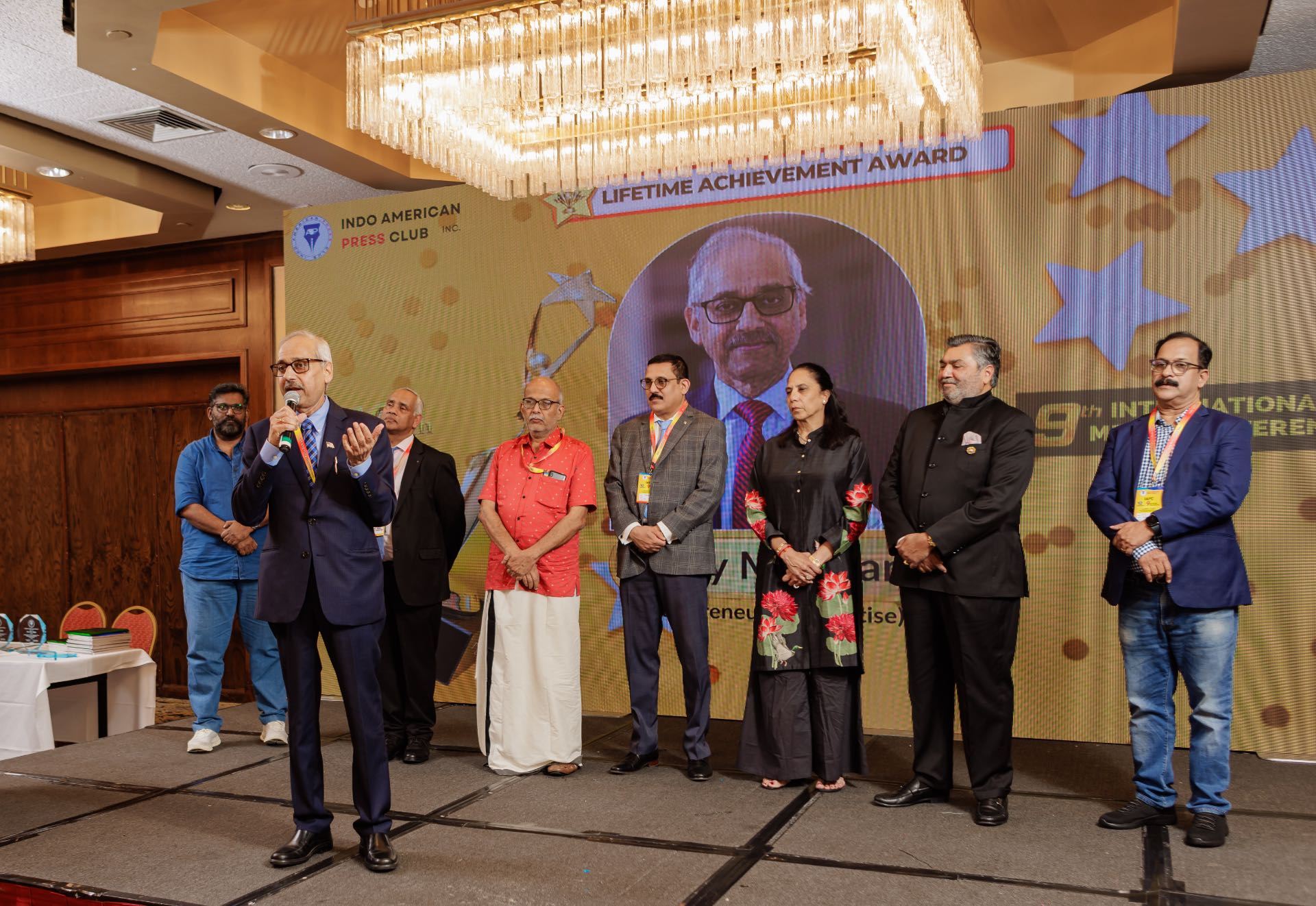 fosters U.S.-India business cooperation and supports entrepreneurship within diaspora communities.
fosters U.S.-India business cooperation and supports entrepreneurship within diaspora communities.
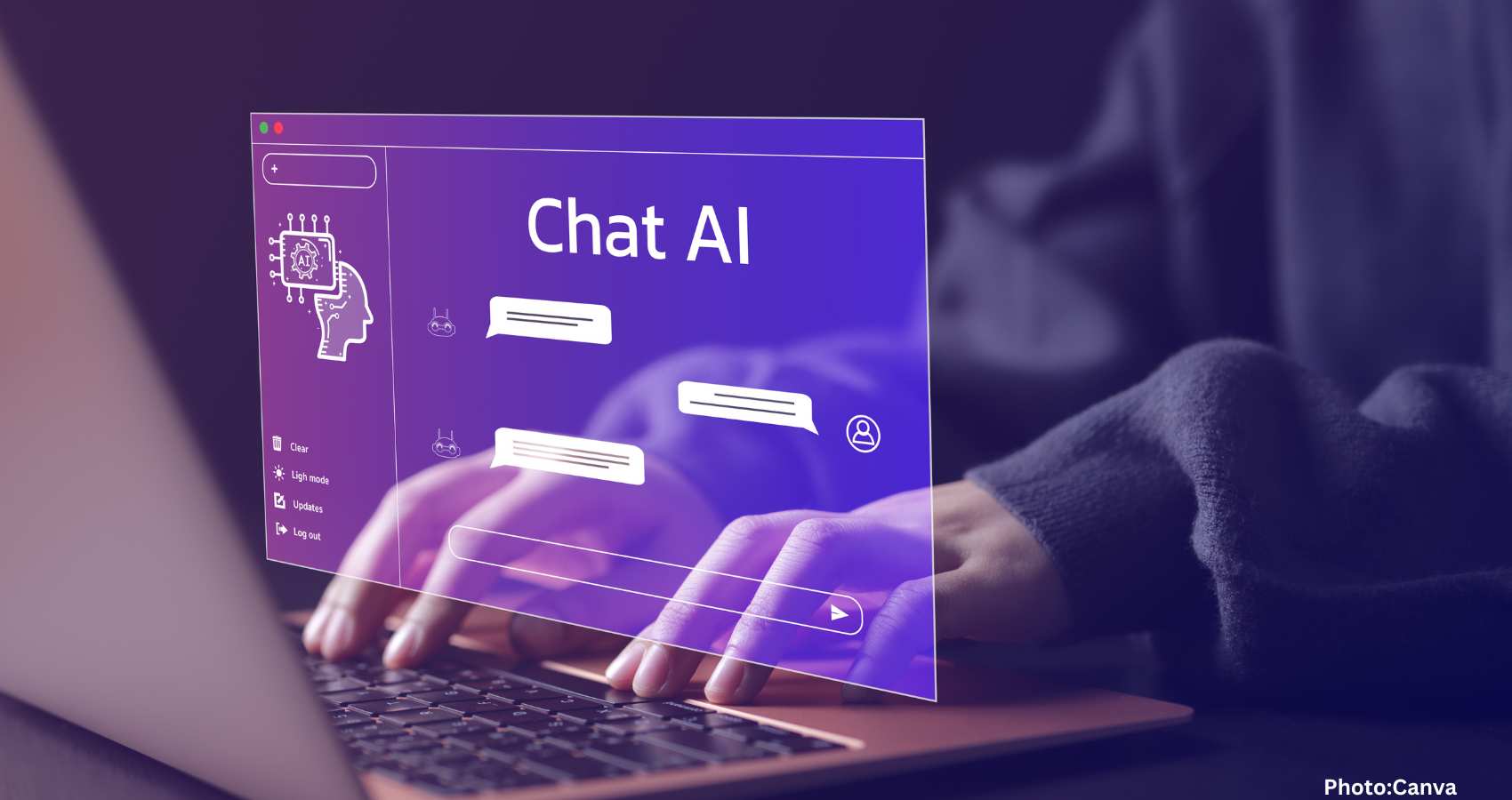


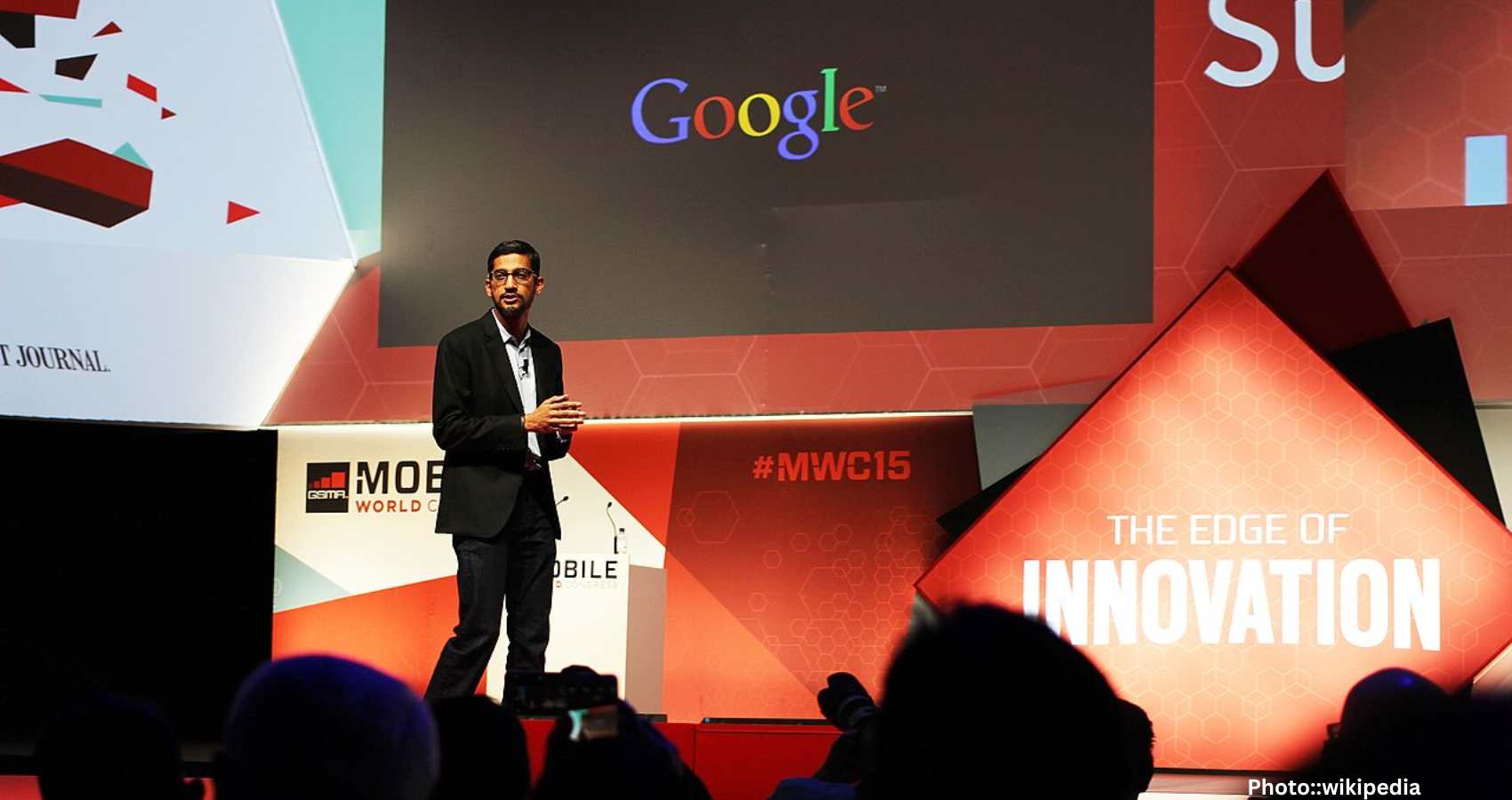

 The e₹ (e-rupee) is set to function as legal tender in a digital format, with major banks in India gradually informing their customers about its applications. The objective is to integrate digital currency into everyday financial transactions, much like how ATMs and credit cards are used today.
The e₹ (e-rupee) is set to function as legal tender in a digital format, with major banks in India gradually informing their customers about its applications. The objective is to integrate digital currency into everyday financial transactions, much like how ATMs and credit cards are used today. where Rs 10,000 in digital rupees was directly transferred to 12,000 women quickly, securely, and without intermediaries. This transaction demonstrated the potential for digital accountability, illustrating how CBDCs can enable targeted financial support for specific purposes, thereby transforming governance and welfare distribution.
where Rs 10,000 in digital rupees was directly transferred to 12,000 women quickly, securely, and without intermediaries. This transaction demonstrated the potential for digital accountability, illustrating how CBDCs can enable targeted financial support for specific purposes, thereby transforming governance and welfare distribution.

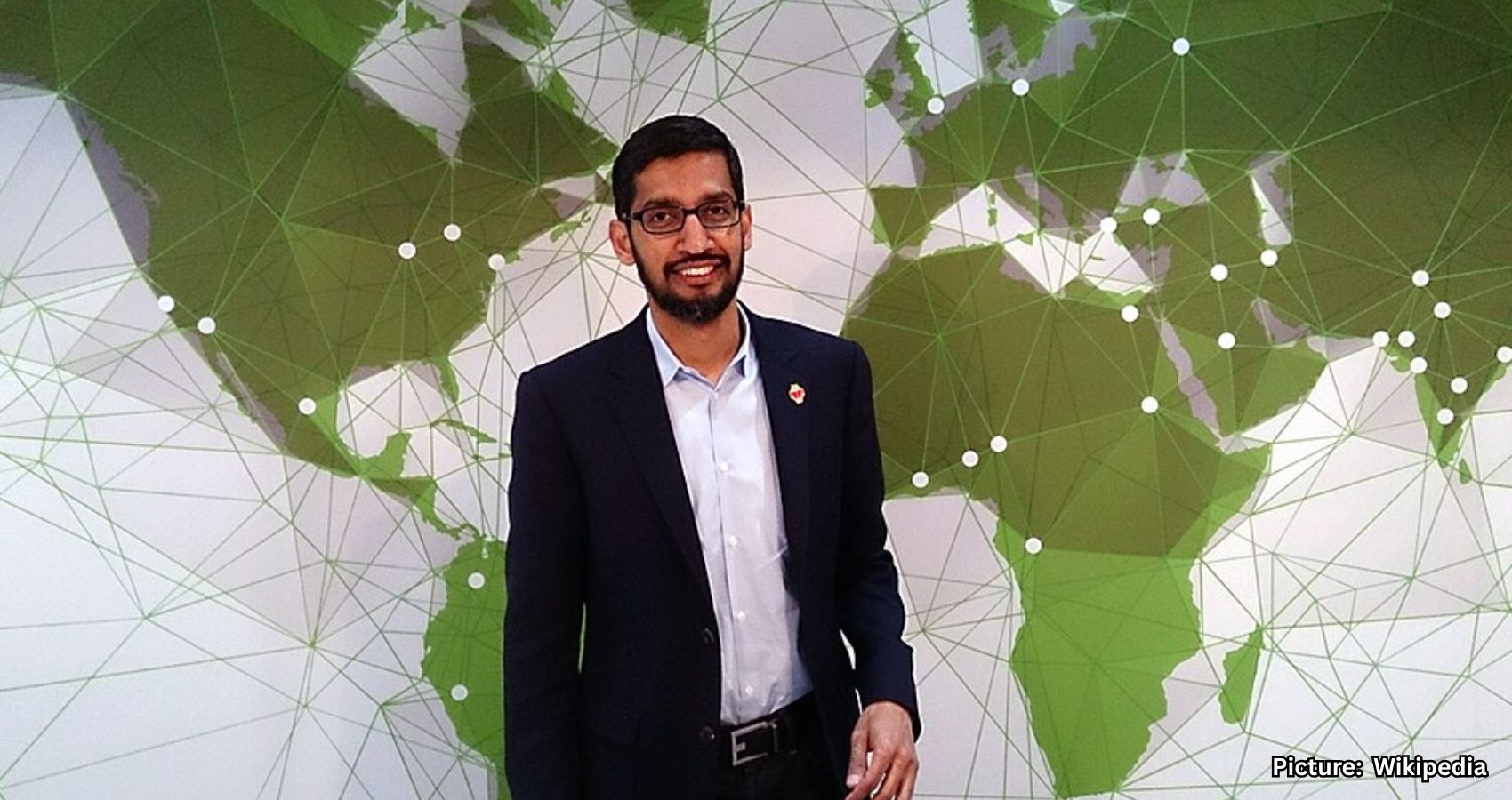





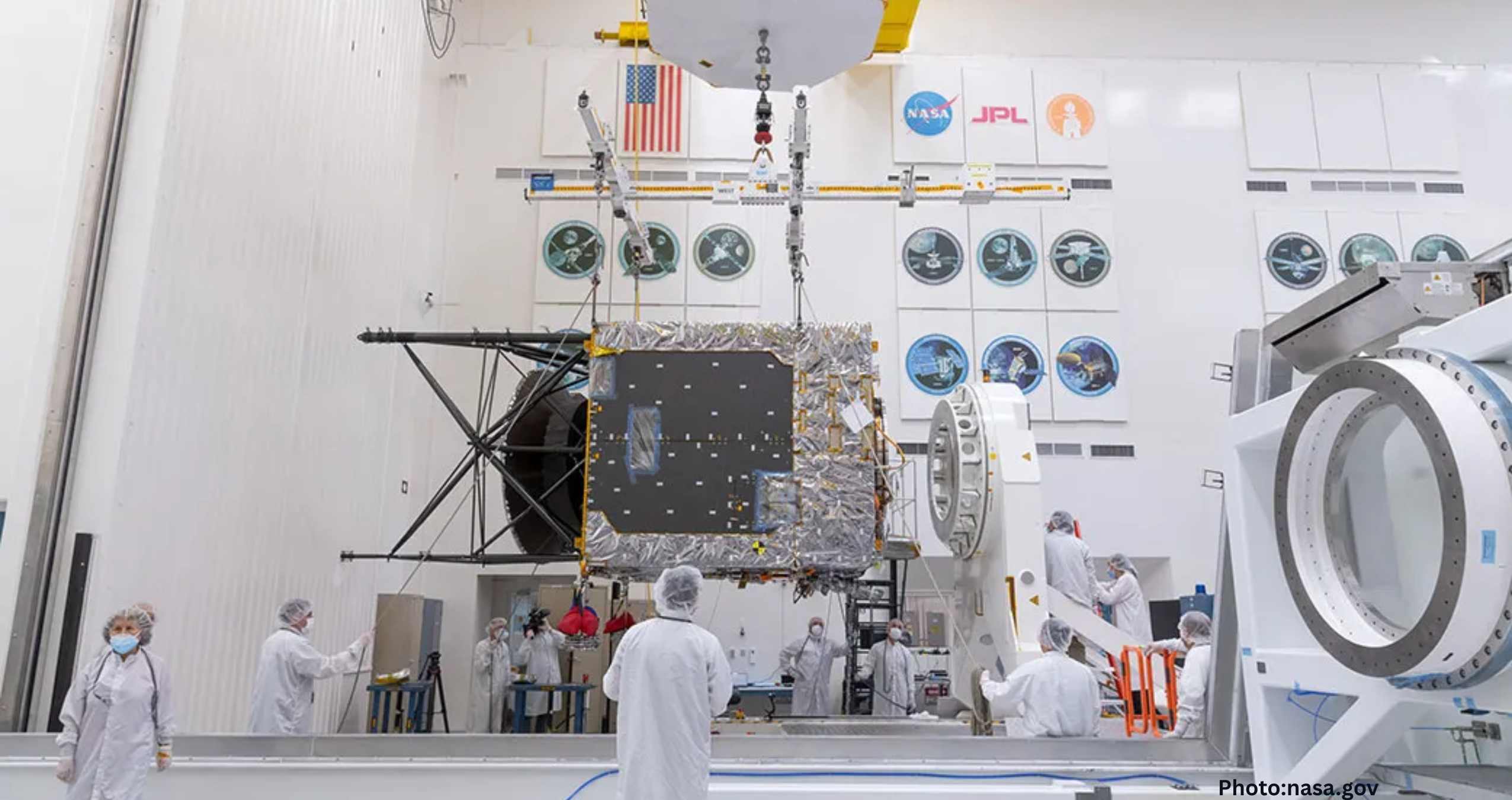


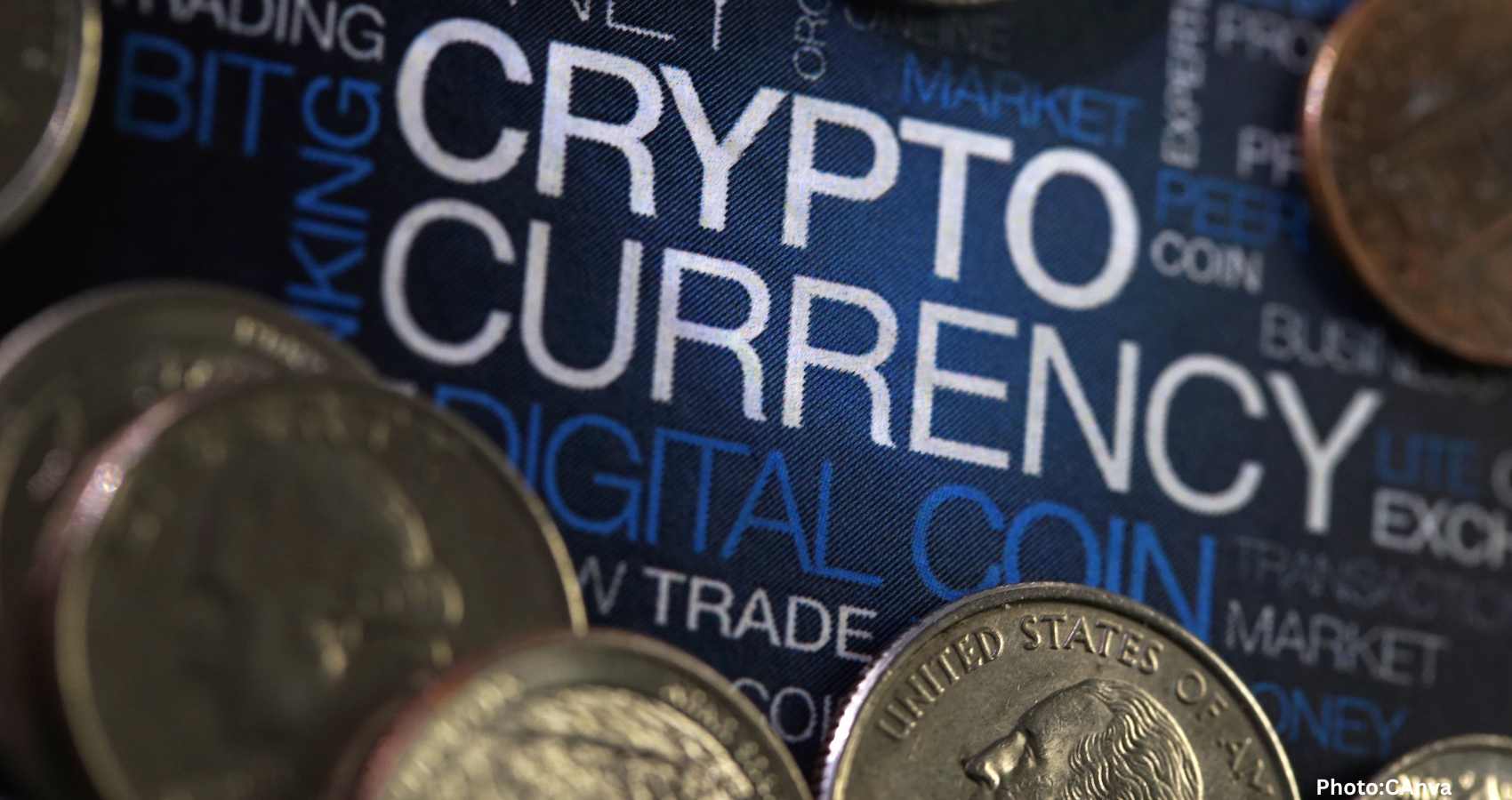


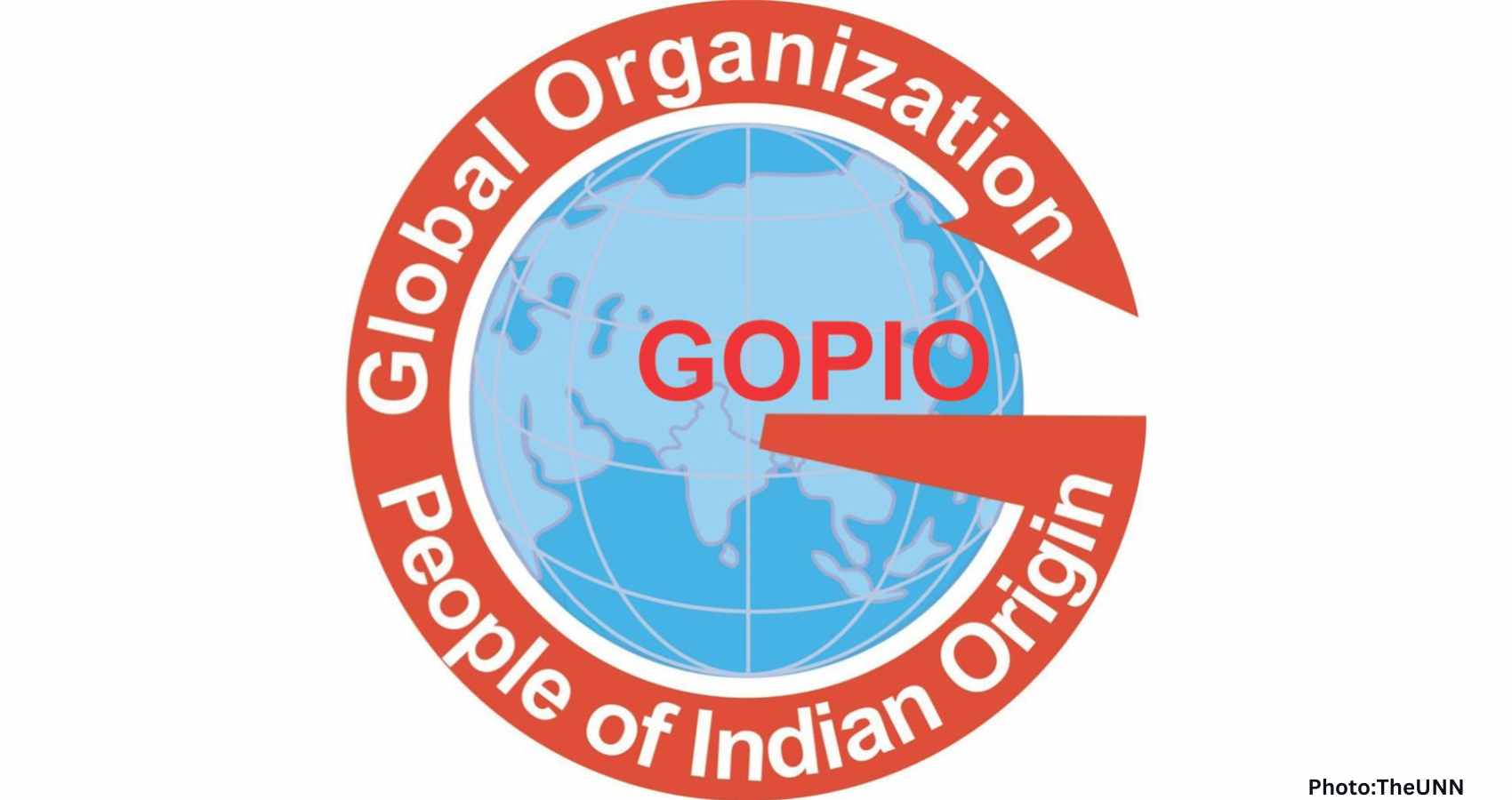



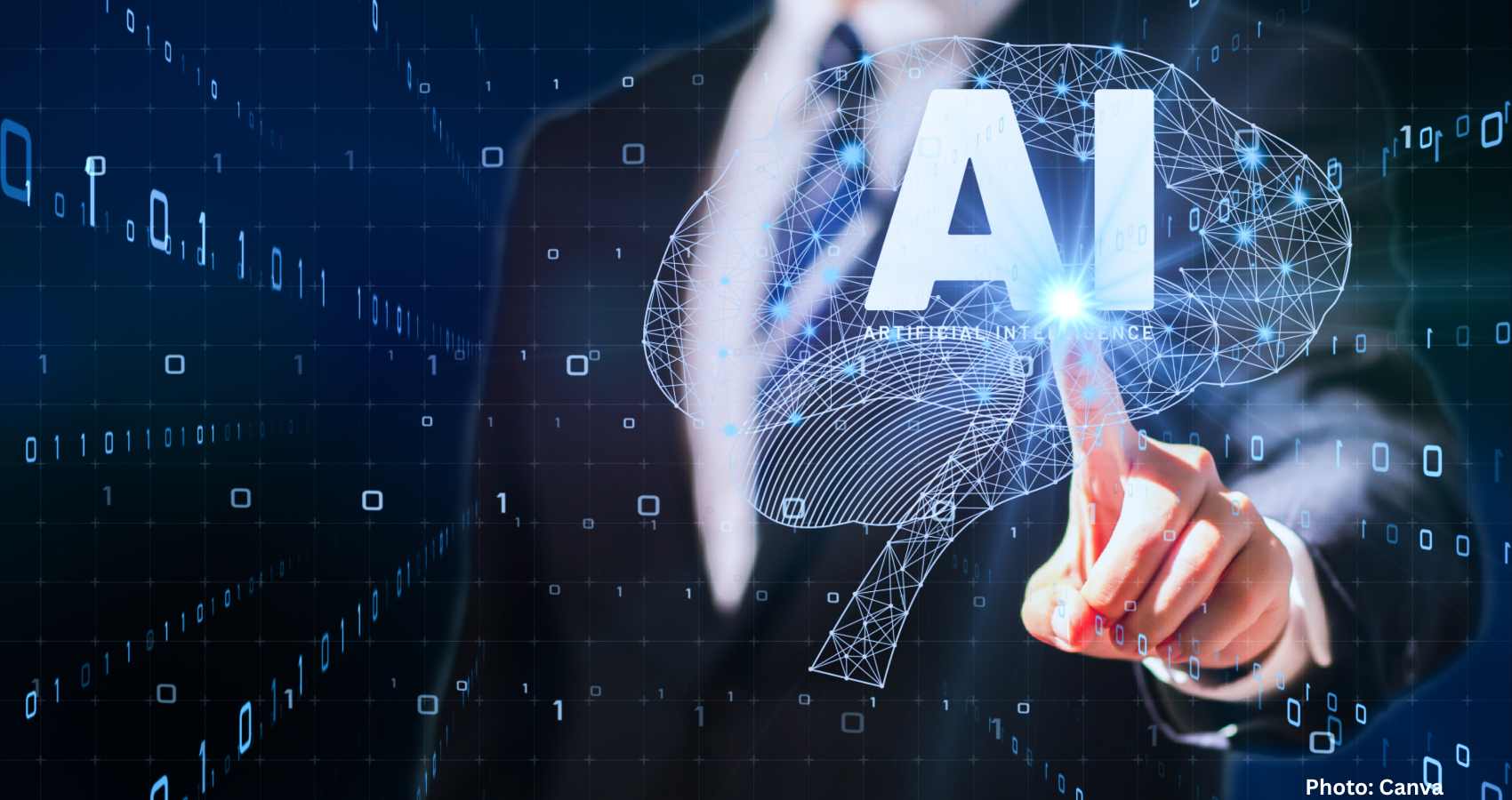


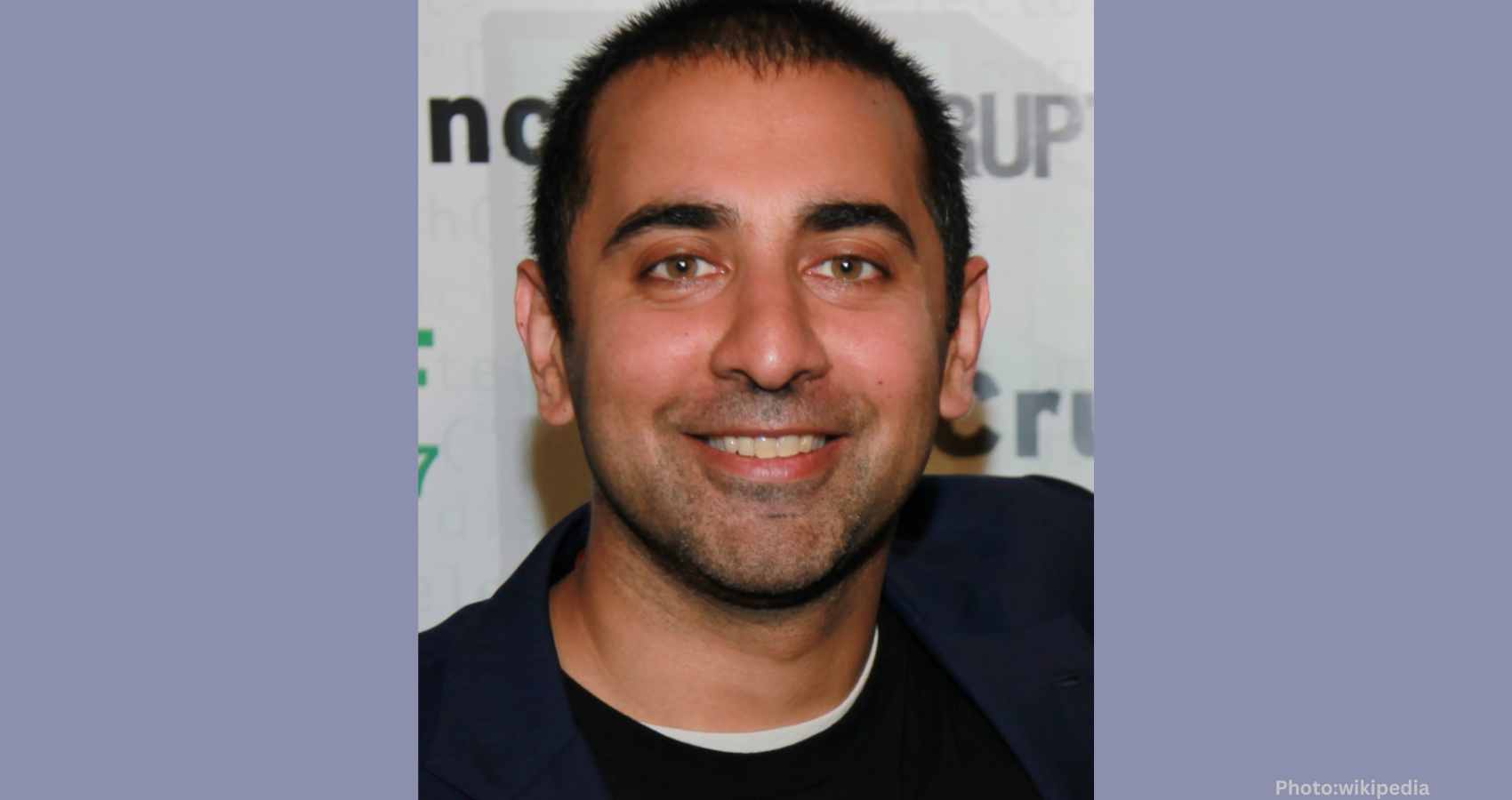



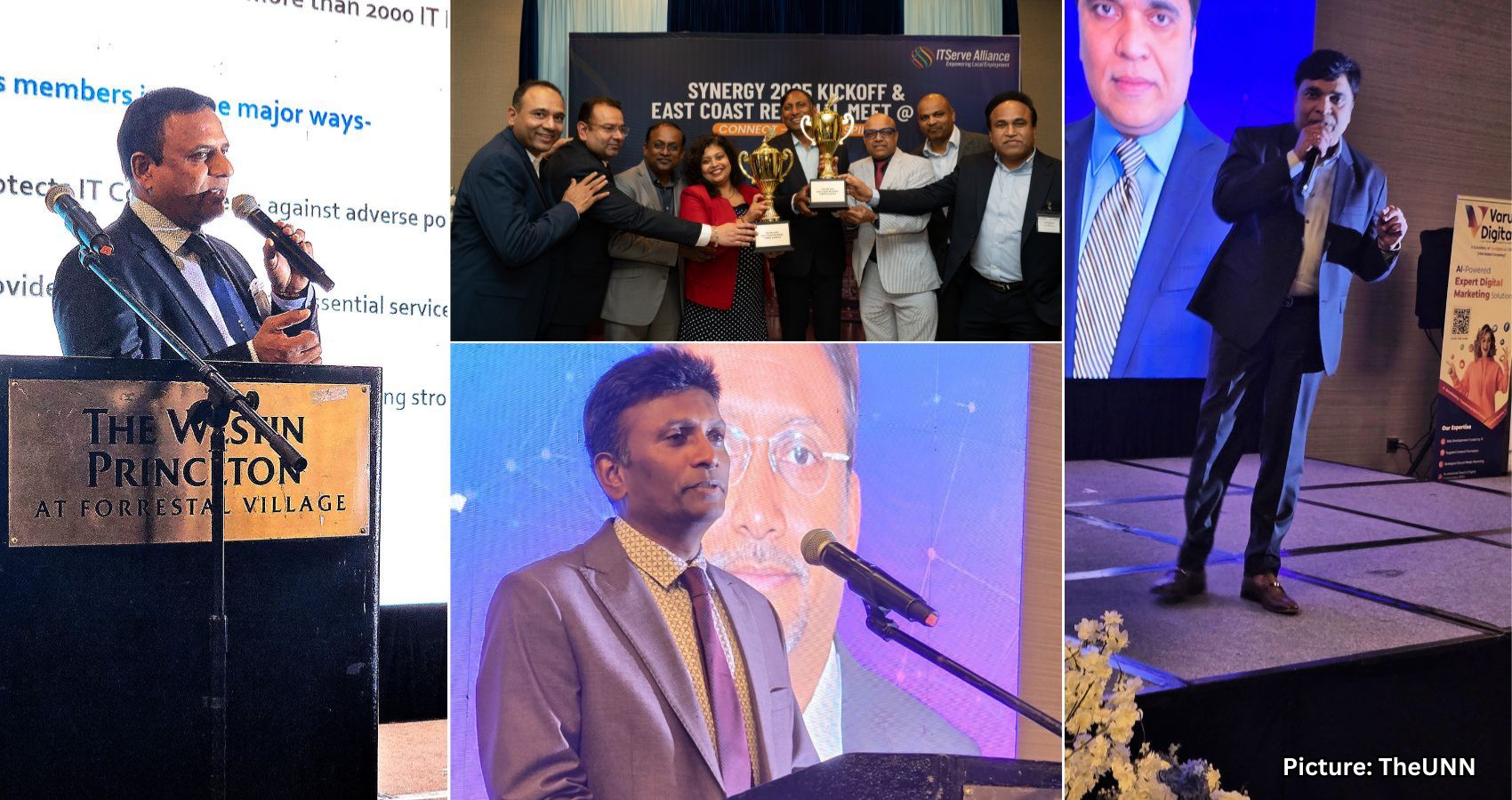
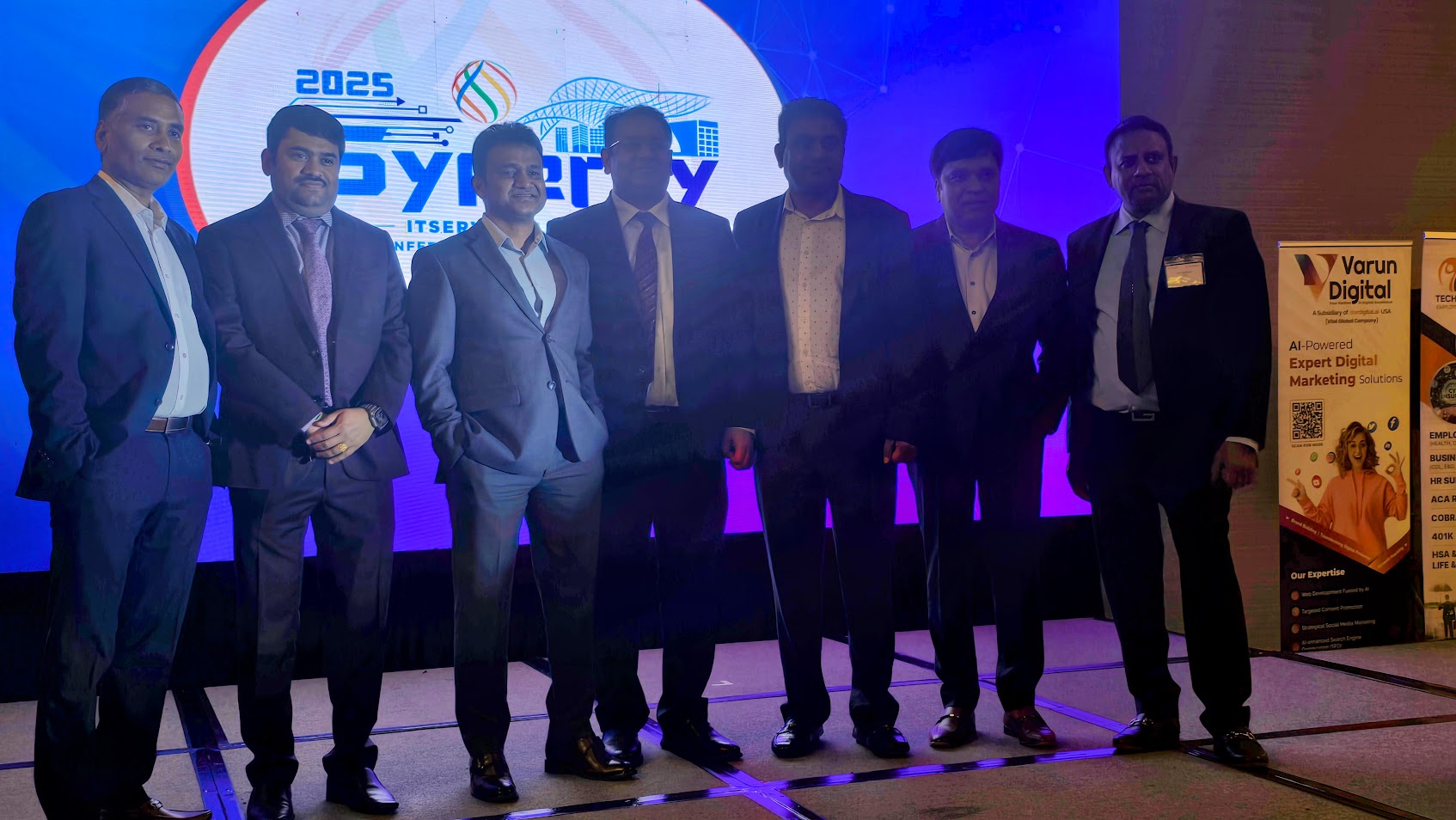


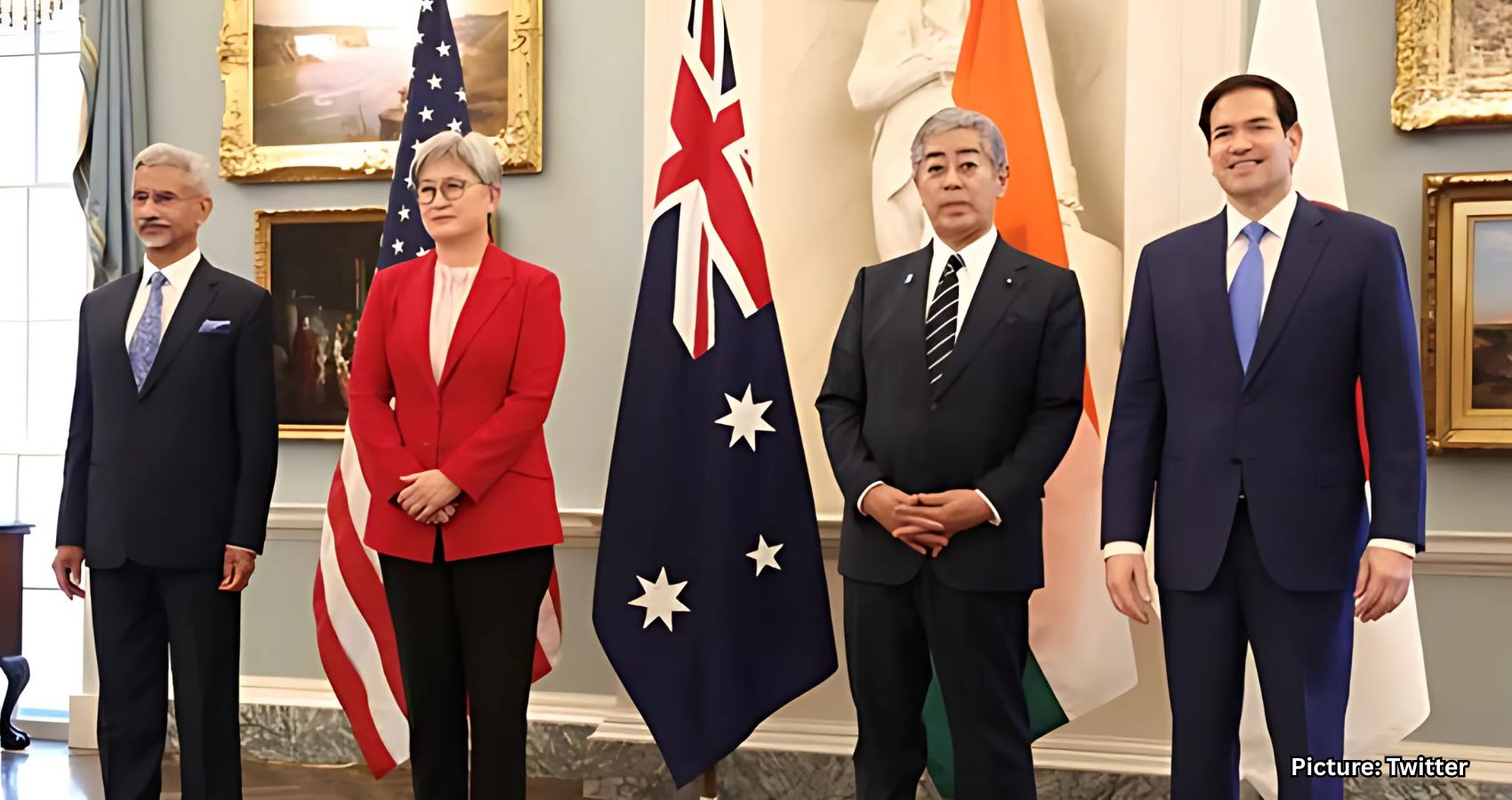

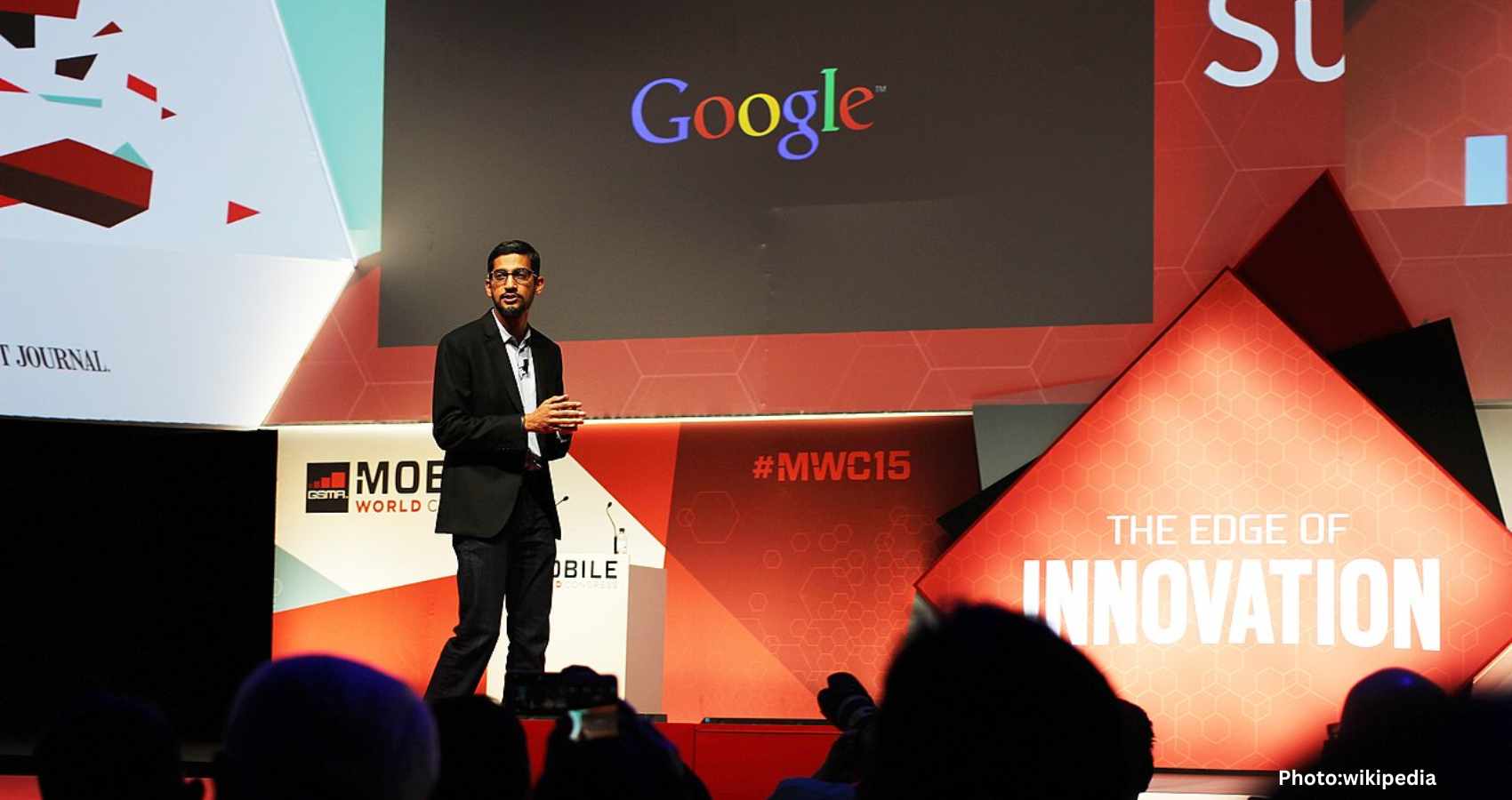




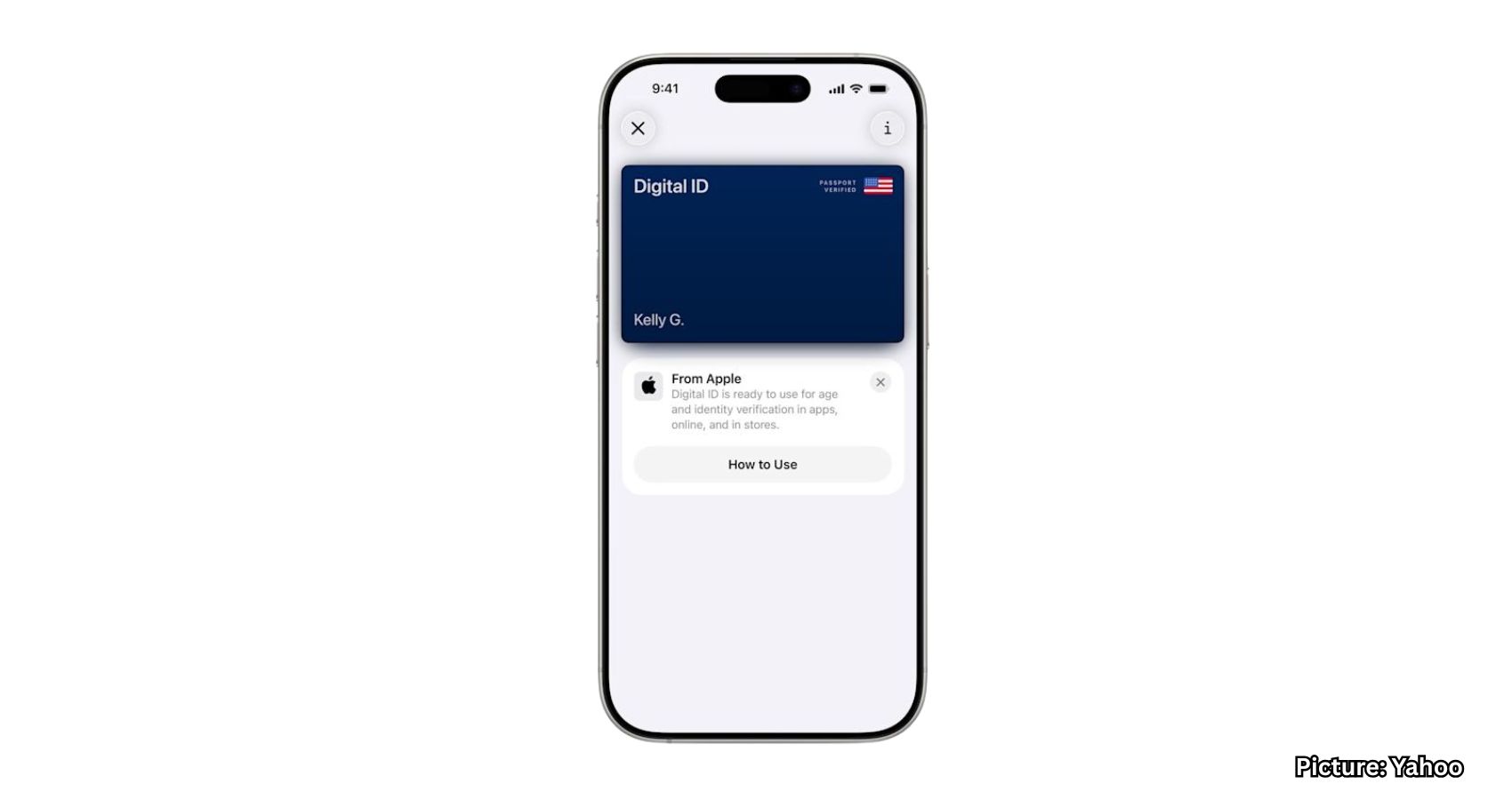

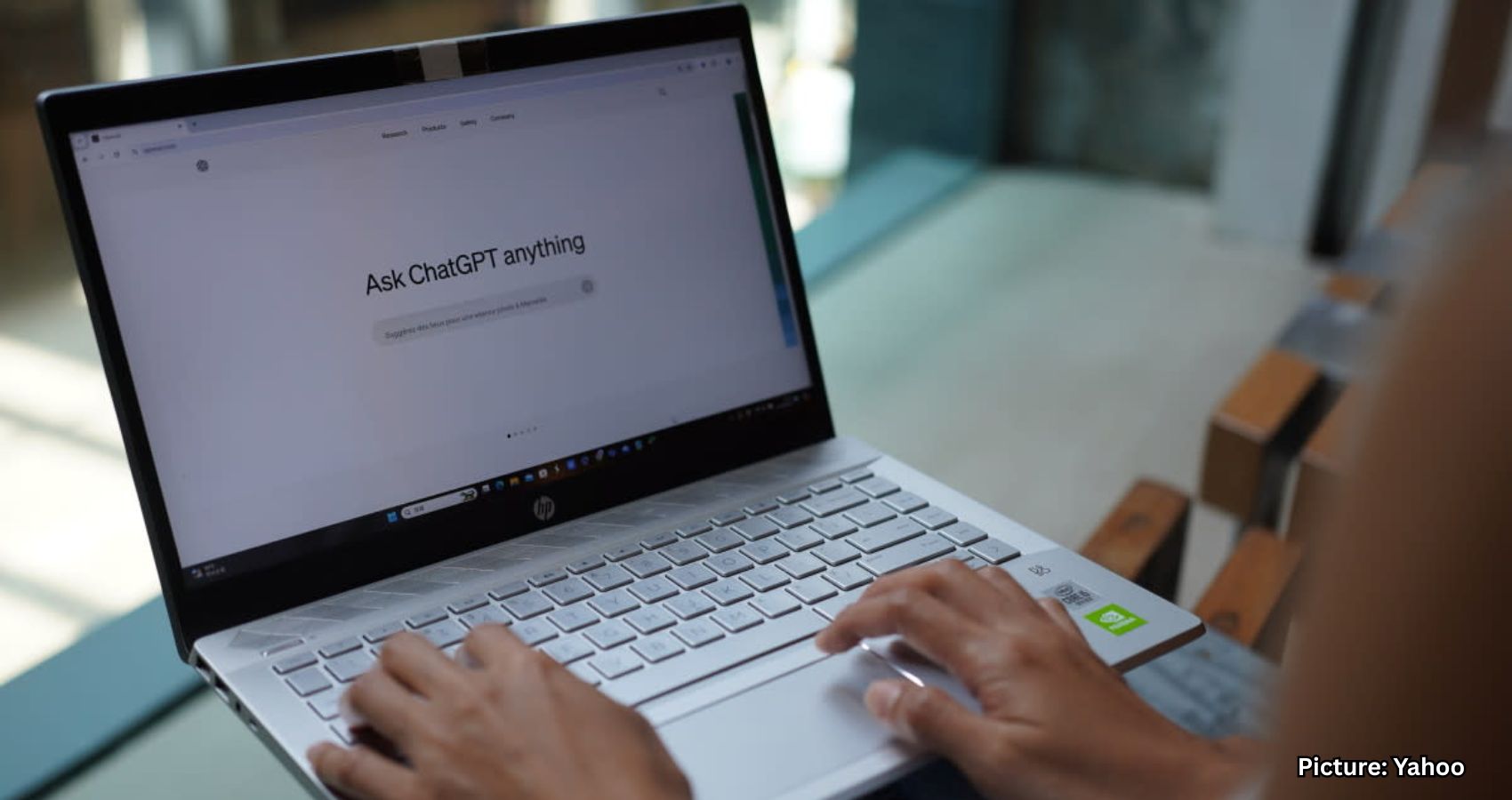
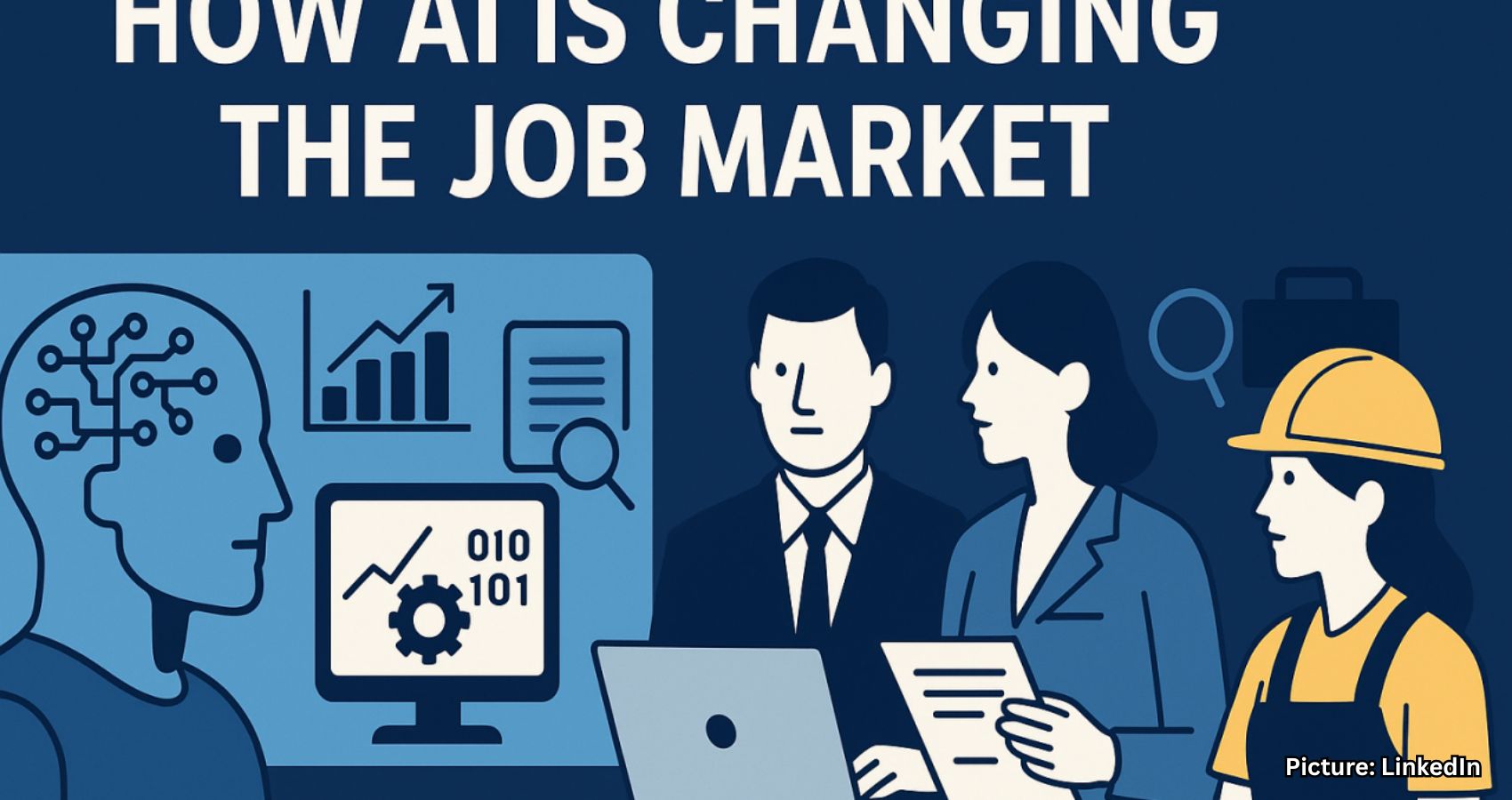

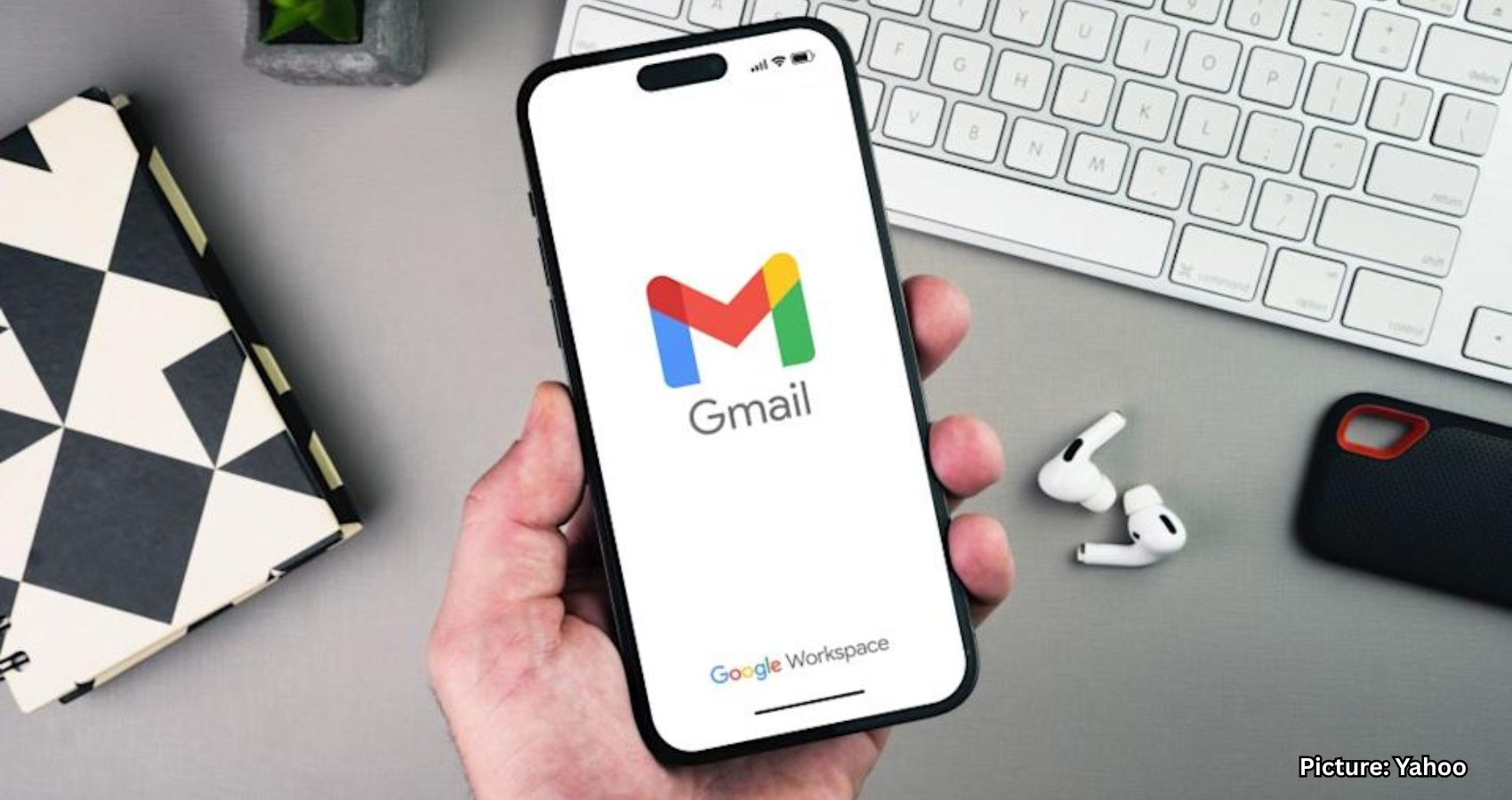
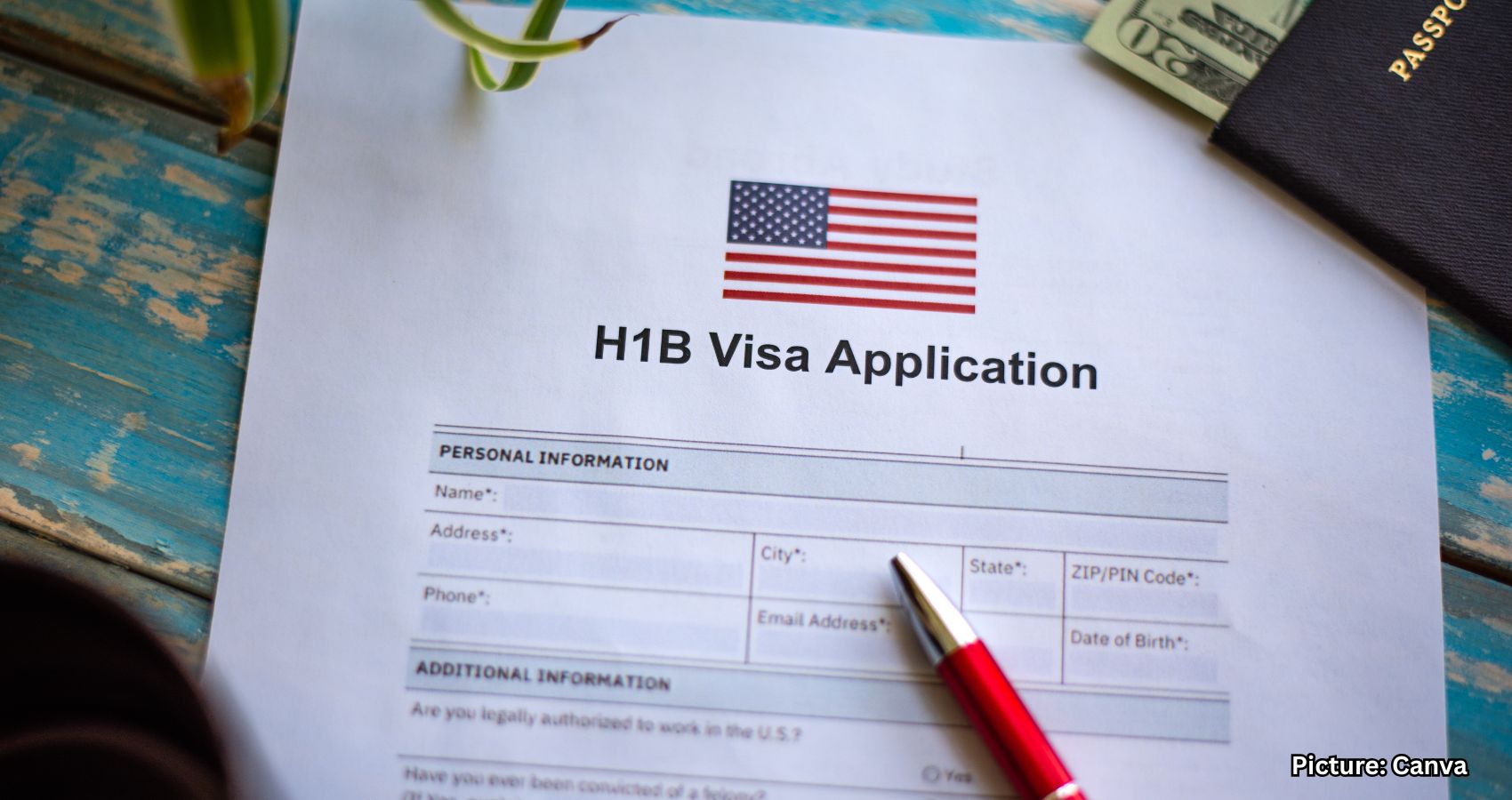




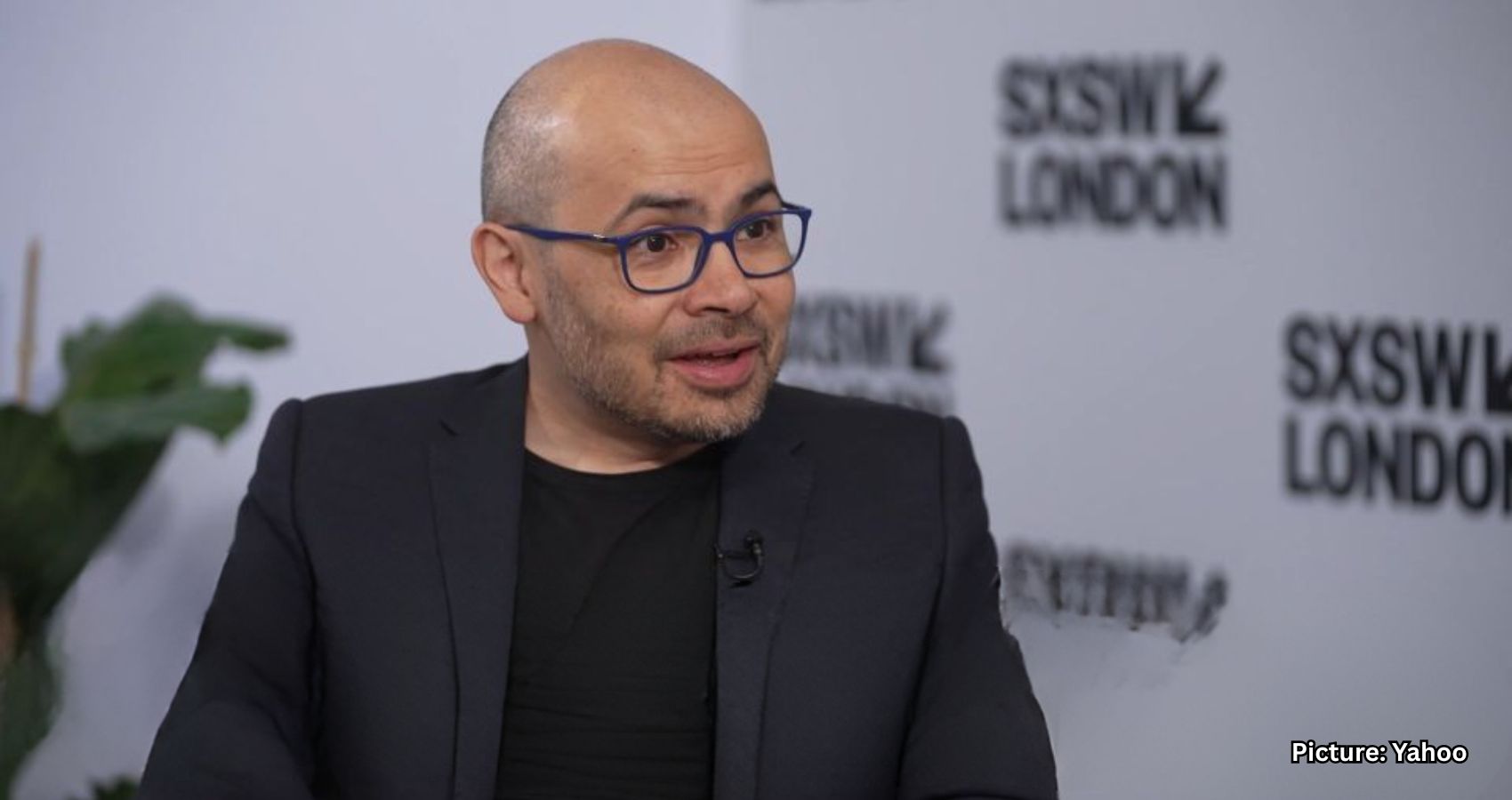
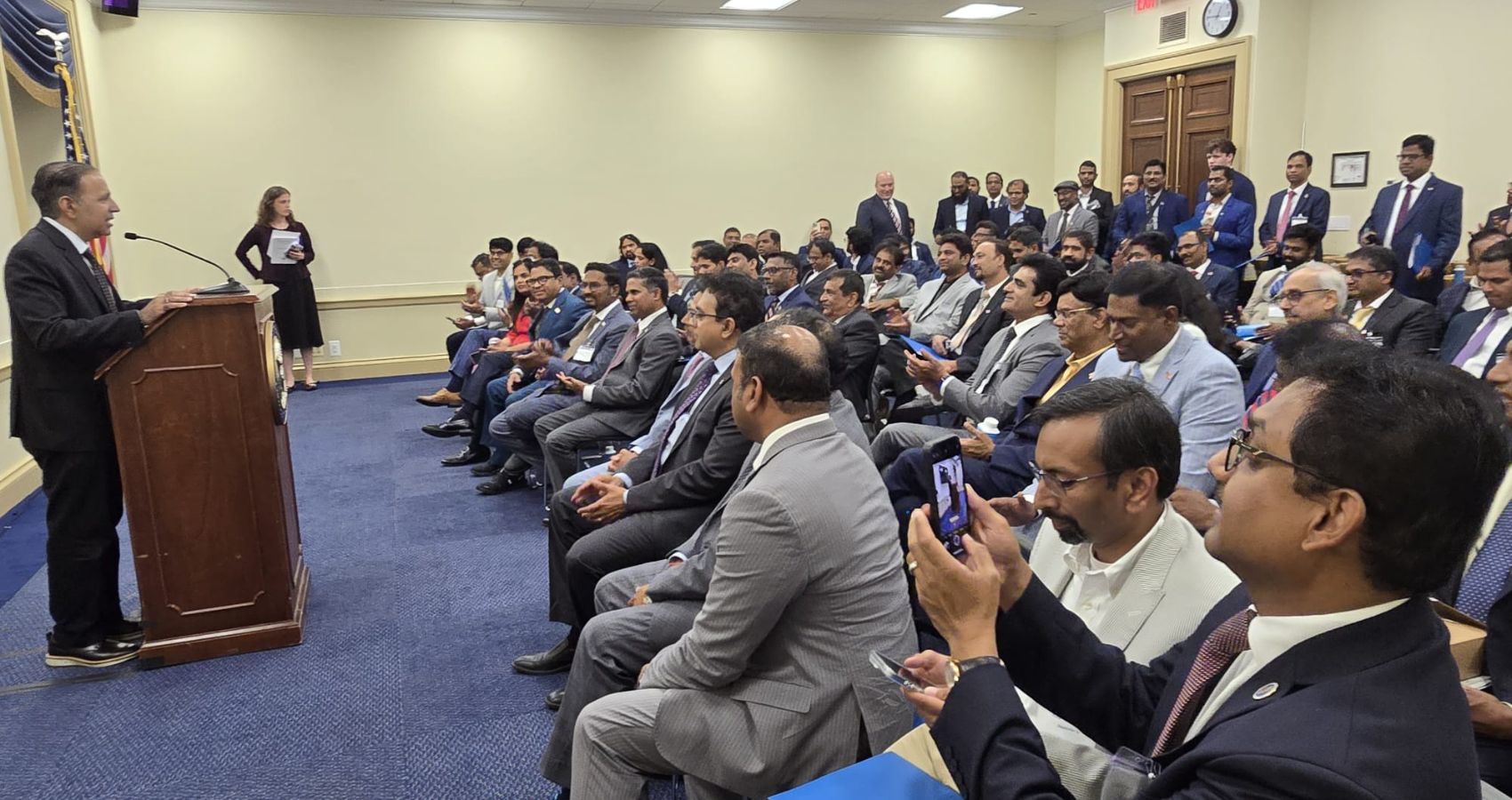
 ITServe Alliance leaders met with Rep. Jim Jordan, a Republican Congressman representing Ohio’s 4th District. The powerful Chairman of the House
ITServe Alliance leaders met with Rep. Jim Jordan, a Republican Congressman representing Ohio’s 4th District. The powerful Chairman of the House 
 ITServe supports the HIRE ACT Bill (High Skilled Immigration Reform for Employment). Innovation, STEM education, and avoiding brain drain are the highlights of the Bill. Another area, where ITServe has focused is the STEM Program to promote the “American Ingenuity Account” to fund State-administered grants for STEM education and worker training. Enhancing the current H1B CAP limits – from 65,000 to 130,000 per year has been a major area where ITServe has placed its efforts in recent years.
ITServe supports the HIRE ACT Bill (High Skilled Immigration Reform for Employment). Innovation, STEM education, and avoiding brain drain are the highlights of the Bill. Another area, where ITServe has focused is the STEM Program to promote the “American Ingenuity Account” to fund State-administered grants for STEM education and worker training. Enhancing the current H1B CAP limits – from 65,000 to 130,000 per year has been a major area where ITServe has placed its efforts in recent years. “The ITServe Alliance is consistently working to protect its members’ needs. To that end, ITServe Alliance, through its PAC teams, advocated on Capitol Hill and with the US Administration. Capitol Hill Day serves as a perfect platform to communicate our collective voice with key policymakers on important issues to our members,” added Amar Varada, ITServe Governing Board member.
“The ITServe Alliance is consistently working to protect its members’ needs. To that end, ITServe Alliance, through its PAC teams, advocated on Capitol Hill and with the US Administration. Capitol Hill Day serves as a perfect platform to communicate our collective voice with key policymakers on important issues to our members,” added Amar Varada, ITServe Governing Board member.
 Rep. Krishnamoorthy lauded the contributions of ITServe members to the nation. He said, “I look at you today. You chose Team America. You come here and bless this country with your gifts, with your talents, with your energy, with your ideas, with your industry, with your ability to make it happen. And that’s what you did. You made your company, you hired people, you created jobs. And that’s what you’re trying to do over and over and over again. You’re trying to replicate that success.”
Rep. Krishnamoorthy lauded the contributions of ITServe members to the nation. He said, “I look at you today. You chose Team America. You come here and bless this country with your gifts, with your talents, with your energy, with your ideas, with your industry, with your ability to make it happen. And that’s what you did. You made your company, you hired people, you created jobs. And that’s what you’re trying to do over and over and over again. You’re trying to replicate that success.”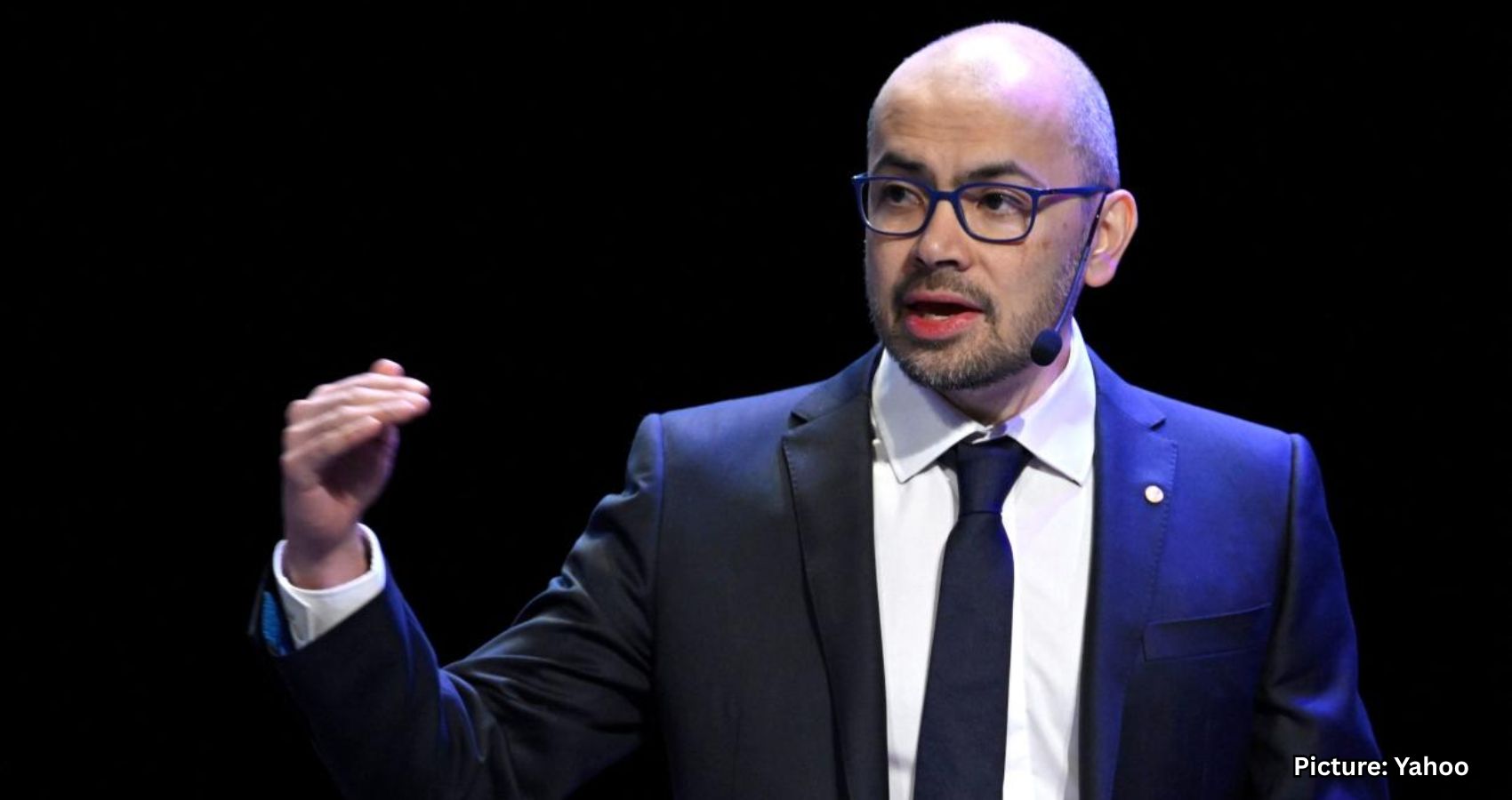




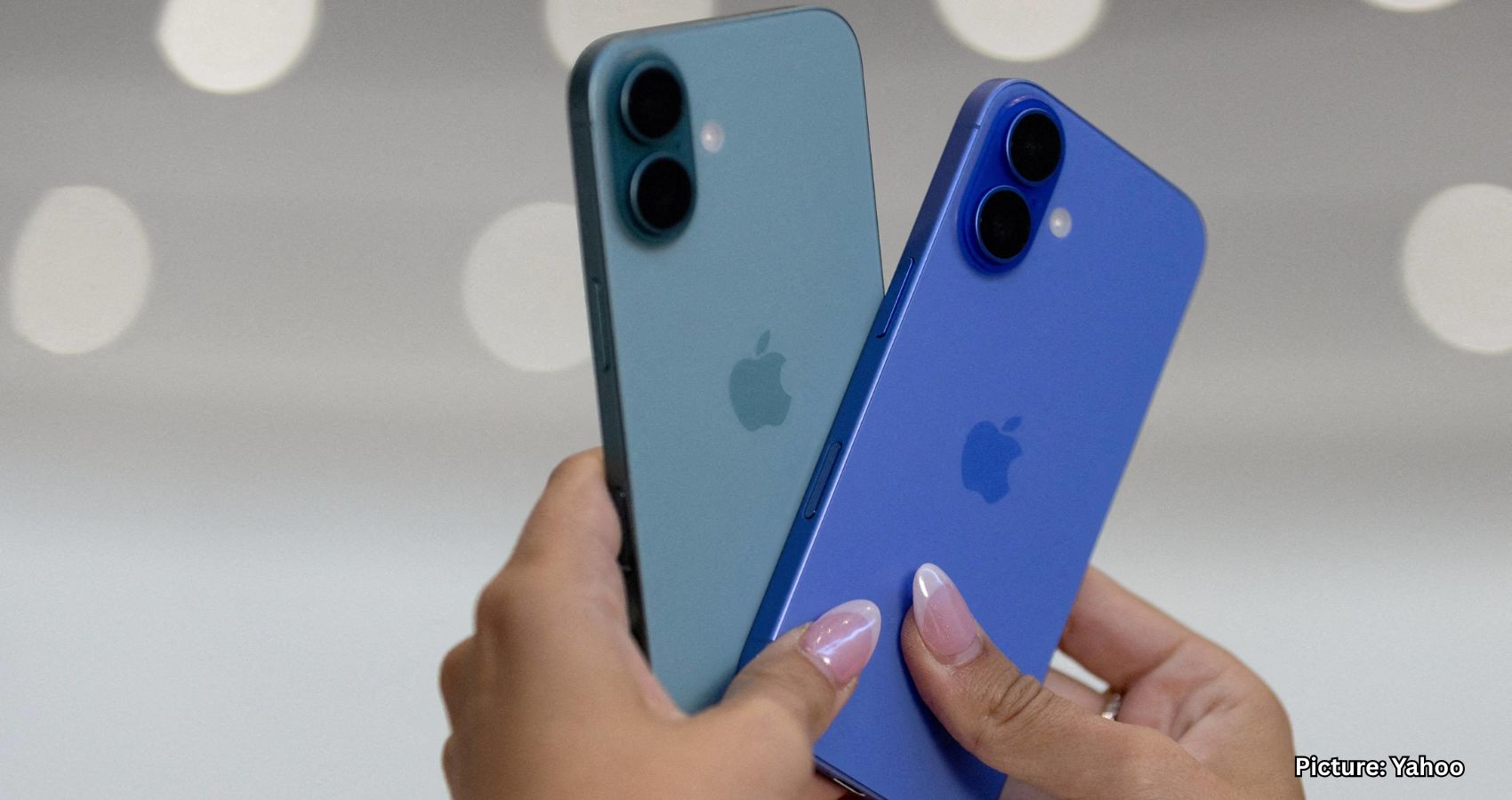
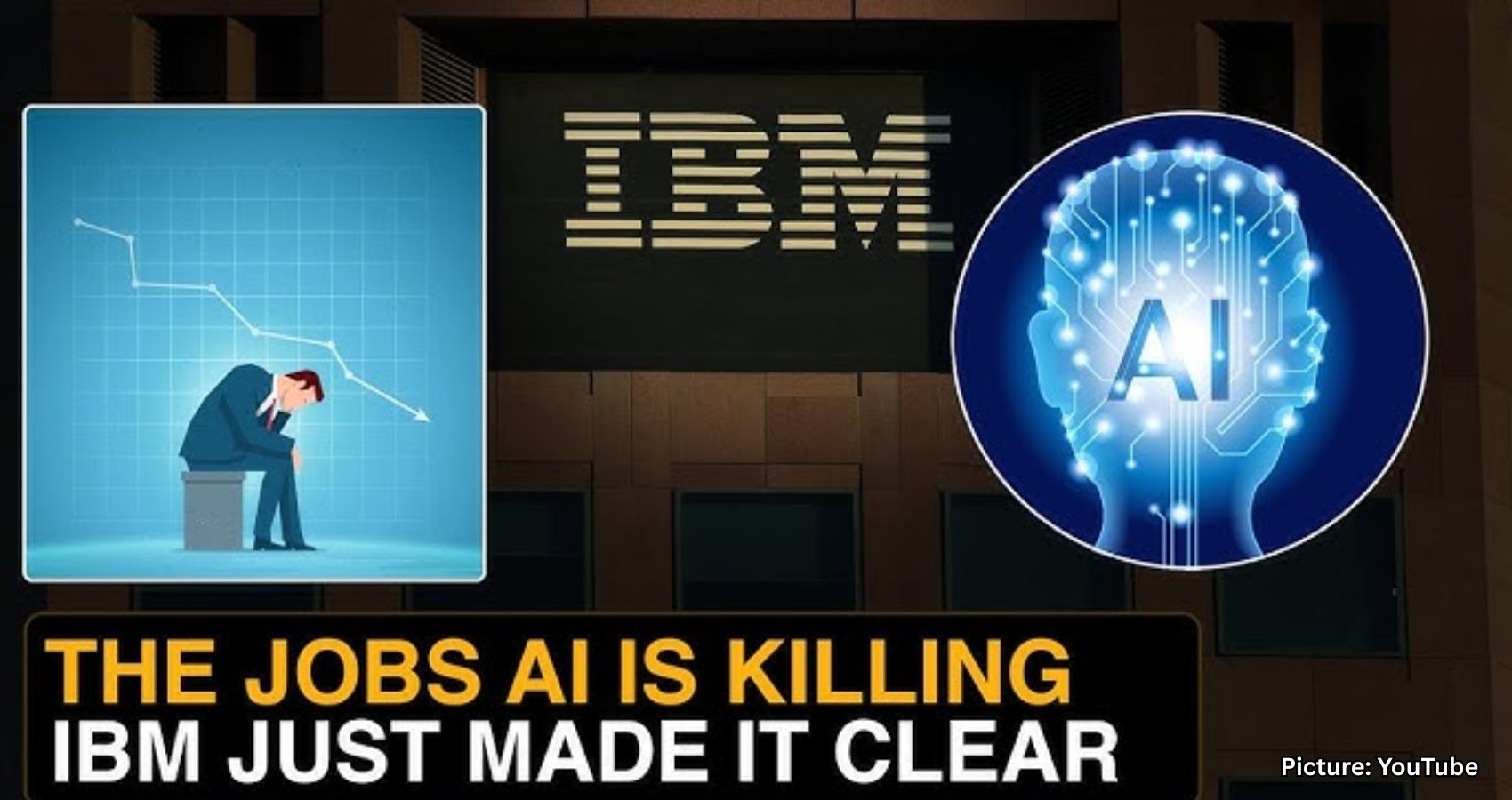

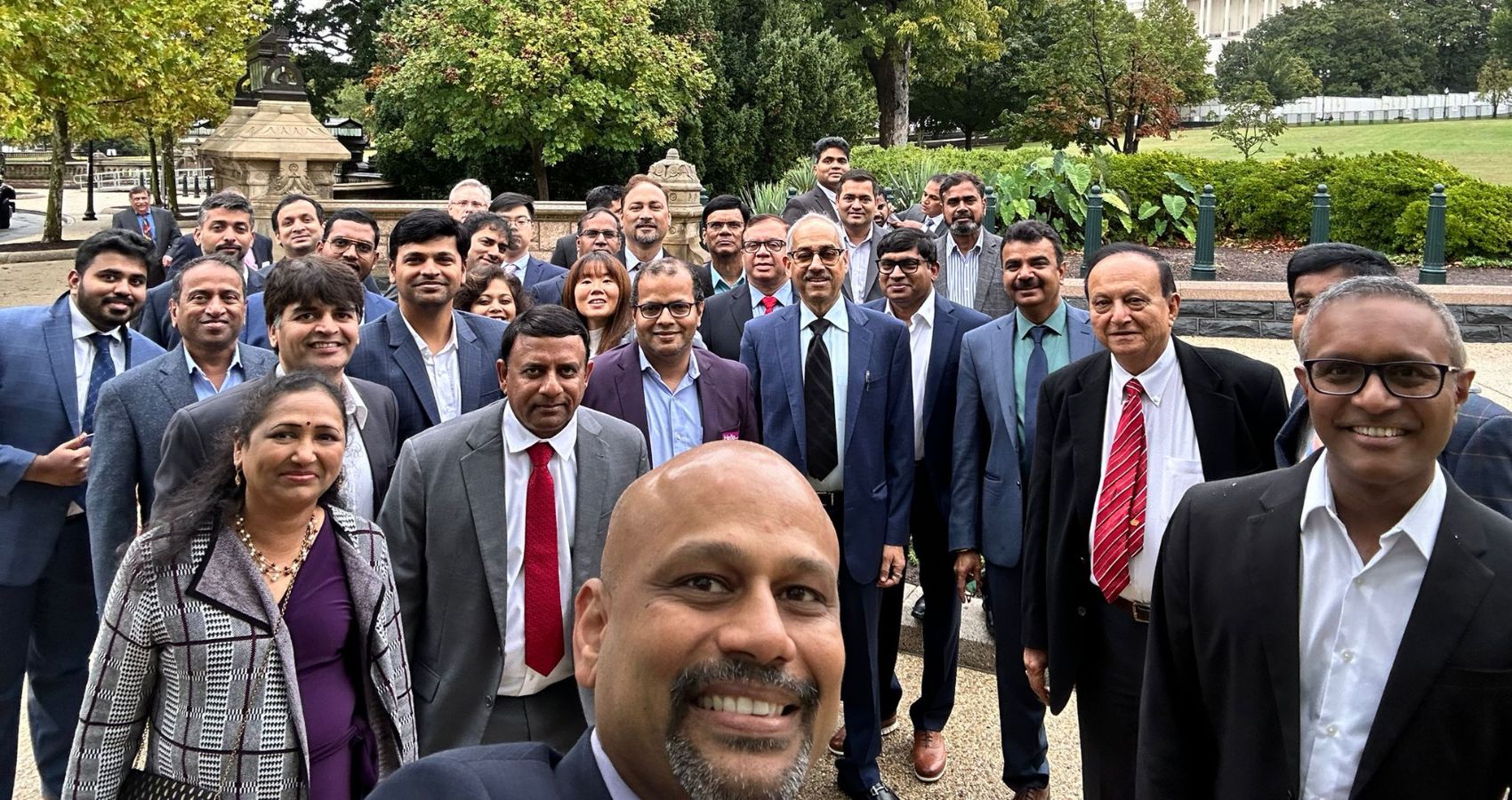
 A key objective of ITServe has been to raise awareness among lawmakers and the broader community about the positive impact of high-skilled legal immigration programs on businesses. Through constructive engagement and collaboration with Members of Congress and Senators, ITServe aims to address misconceptions and advocate for thoughtful legislation that supports economic growth and serves the best interests of the nation.
A key objective of ITServe has been to raise awareness among lawmakers and the broader community about the positive impact of high-skilled legal immigration programs on businesses. Through constructive engagement and collaboration with Members of Congress and Senators, ITServe aims to address misconceptions and advocate for thoughtful legislation that supports economic growth and serves the best interests of the nation.